Patient-Reported Pain Severity and Functional Improvement in Neuropathy Treatments: 2024 Survey Data
July 7, 2025
30 min

A New Era of Understanding Neuropathy Through Patient-Reported Data
In 2024, neuropathy research has reached new heights in understanding how patients experience pain and functional impairments, driven largely by comprehensive survey data and patient-reported outcomes. This growing body of evidence highlights the critical role of patient perceptions not only in evaluating treatment efficacy but also in steering personalized neuropathy management strategies. This article synthesizes recent survey findings, clinical trial data, and innovative treatment advances to offer a detailed view of pain severity and functional improvements reported by patients worldwide, shaping the future landscape of neuropathic care.
Key Findings from 2024 Surveys on Patient-Reported Neuropathy Pain and Function
 Recent surveys and research conducted in 2024 have shed light on the experiences of patients with neuropathy, particularly focusing on their pain severity and functional improvements following various treatments.
Recent surveys and research conducted in 2024 have shed light on the experiences of patients with neuropathy, particularly focusing on their pain severity and functional improvements following various treatments.
In conditions like Fabry disease, a significant majority of patients reported frequent pain episodes, which severely impact daily life. Encouragingly, after 12 months of treatment with the enzyme replacement therapy agalsidase beta, about 81% of patients experienced noticeable symptom improvement. Patients also expressed high satisfaction with their relief from pain and other neuropathic symptoms, highlighting the importance of effective management strategies.
Progressive pain reduction has been observed with repeated treatments, such as high-concentration capsaicin patches. Patients reported not only decreased intensity of pain over time but also improvements in overall quality of life. These outcomes are vital as they demonstrate the potential of topical therapies to deliver sustained relief.
A notable advancement in evaluating treatment efficacy involves patient-reported outcome measures (PROMs). Instruments like the PRO-CTCAE (Patient-Reported Outcomes version of the Common Terminology Criteria for Adverse Events) and EORTC-CIPN20 have shown exceptional validity and sensitivity in capturing symptom changes. These tools correlate strongly with nerve function tests, providing a comprehensive picture of patient improvements beyond traditional clinical assessments.
The use of PROMs is transforming how clinicians evaluate and tailor treatments for neuropathy. By directly incorporating patient perspectives on pain and functionality, healthcare providers can better customize therapies, monitor progress, and adjust interventions as needed.
Overall, 2024 data emphasize the critical role of patient-reported insights in managing neuropathy. Effective use of PROMs not only enhances understanding of symptom severity and treatment response but also promotes more personalized and responsive care strategies, ultimately leading to better patient outcomes.
Measurement Tools and Patient-Reported Outcome Measures (PROMs) in Neuropathy Research

What measurement tools and outcome assessments, such as Patient-Reported Outcome Measures (PROMs), are commonly used in neuropathy research?
In the field of neuropathy research, various measurement tools are used to assess patient symptoms, functional impairment, and overall quality of life. Among these, PROMs play a vital role because they offer insights directly from patients about their experiences.
PROMs include tools like the Visual Analog Scale (VAS) for pain, the Disabilities of the Arm, Shoulder, and Hand (DASH), and disease-specific questionnaires such as Norfolk QoL-DN for diabetic neuropathy and I-RODS for inflammatory neuropathies. These assessments provide valuable data on symptom severity, daily functioning, and psychological impact.
For chemotherapy-induced peripheral neuropathy (CIPN), specialized PROMs such as the EORTC-CIPN20 and PRO-CTCAE are widely used. The EORTC-CIPN20 measures symptoms across sensory, motor, and autonomic domains relevant to CIPN, while PRO-CTCAE facilitates quick, practical symptom assessments directly from patients.
Although neurophysiological tests, like nerve conduction studies, objectively evaluate nerve function, their responsiveness to changes is often limited compared to PROMs. Patient reports tend to better reflect meaningful clinical improvements or deteriorations over time, making PROMs central to neuropathy studies.
How do PROMs compare with objective neurophysiological measures?
PROMs excel in capturing the patient’s subjective experience, which is often the most relevant aspect of symptom management. They are flexible, cost-effective, and easier to implement regularly in clinical settings. They also have the ability to detect subtle changes in symptoms that may not be evident in neurophysiological tests.
Objective measures, such as nerve conduction velocity or neuroimaging, provide concrete data about nerve damage or repair but may lack sensitivity to small clinical improvements. The combination of both approaches offers a comprehensive picture of disease status.
Validity, responsiveness, and utility of PROMs
Recent studies have demonstrated that PROMs like EORTC-CIPN20 and PRO-CTCAE have excellent validity and responsiveness. Validity ensures that these tools accurately measure what they intend to, while responsiveness refers to their ability to detect changes over time.
Their utility extends beyond clinical trials into routine practice, where they help clinicians gauge disease severity, track treatment effects, and facilitate shared decision-making. Short forms like PRO-CTCAE are especially valuable for quick assessments in busy clinical environments.
In conclusion, combining PROMs with objective measures enhances neuropathy management by providing a holistic understanding of patient health, guiding personalized treatment options, and improving overall care outcomes.
| Tool Name | Purpose | Strengths | Limitations |
|---|---|---|---|
| EORTC-CIPN20 | CIPN symptom evaluation | Valid, sensitive, disease-specific | Requires time to administer |
| PRO-CTCAE | Symptom assessment, including pain and others | Quick, easy, validated | Less detailed compared to longer PROMs |
| Neurophysiological Tests | Nerve function evaluation | Objective, quantifiable | May lack responsiveness to symptom changes |
This integrated approach ensures a comprehensive assessment of neuropathy, emphasizing patient perspectives alongside clinical data.
Clinical Trial Evidence from 2024 on Neuropathy Treatment Efficacy

What does clinical trial data from 2024 reveal about the efficacy of current neuropathy treatment options?
Recent clinical trial data from 2024 highlights notable progress in the management of neuropathy, especially diabetic peripheral neuropathy (DPN). These studies provide a deeper understanding of emerging therapies and their potential to improve patient outcomes.
One of the significant advancements involves stem cell therapy. Trials have shown that administering mesenchymal stem cells can lead to meaningful improvements in nerve conduction velocities and sensory functions. Patients experienced better nerve regeneration and reduced symptoms, with manageable injection site reactions being the most common adverse effects.
Another promising development is the use of sustained-release pregabalin. Compared to traditional immediate-release formulations, this newer version is non-inferior in relieving neuropathic pain. Its longer-lasting effect allows better symptom control with potentially fewer doses and side effects, making it a convenient option for patients.
Furthermore, experimental drugs such as LX9211 have shown early efficacy in reducing neuropathic pain. Initial findings demonstrate the drug's ability to produce noticeable pain relief within a short time frame, with sustained benefits observed over longer periods in ongoing trials.
Collectively, these studies underscore the expanding landscape of neuropathy treatments. New biologics, pharmacologics, and regenerative therapies are emerging as viable options to address the complex symptoms of neuropathy. While the initial results are promising, further extensive research is essential to validate long-term safety and effectiveness.
Combined Treatment Approaches: Intraneural Facilitation and Neurovascular Index-Guided Food Elimination
What are the details of the study conducted at Loma Linda University Health?
The study was carried out at the Neuropathic Therapy Center at Loma Linda University Health, with data collected over a period from January 2022 to September 2024. It involved a cohort of 73 patients who received a combination therapy of intraneural facilitation® (INF®) and neurovascular index (NVI)-guided food elimination. The goal was to evaluate the effectiveness of this approach in managing neuropathy symptoms.
How was pain assessed in the patients?
Patients’ pain levels were measured using the Pain-Quality Assessment Scale (PQAS) before and after completing the treatment. This comprehensive scale evaluates multiple dimensions of pain, including intensity, quality, and sensory descriptors, providing a detailed picture of symptom changes over the course of therapy.
What were the significant findings regarding pain reduction?
Out of 73 patients, 18 of the 20 pain descriptors measured by PQAS showed significant improvement post-treatment. These descriptors included sensations such as intense, sharp, hot, dull, cold, shooting, numb, electrical, tingling, cramping, and throbbing, among others. The statistical analysis confirmed that the decreases in pain were highly significant across different pain domains.
Were the decreases in pain statistically significant?
Yes. The study reported significant decreases in three specific pain domains: paroxysmal, superficial, and deep pain. The p-values for each domain were 0.000, indicating a very high level of statistical significance. This suggests that the combined therapy not only reduced overall pain but also effectively targeted different types of neuropathy-related discomfort.
How do these mechanisms support the proposed therapeutic effects?
The combination of INF® therapy, which mechanically stimulates nerves to improve neural function, and NVI-guided food elimination, which addresses lifestyle factors impacting nerve health, appears to work synergistically. These interventions may help reverse neural ischemia—an inadequate blood supply to nerves—and maintain capillary patency, promoting improved nerve function and symptom relief in peripheral neuropathy.
This study underscores the potential of integrating mechanical neural stimulation with personalized lifestyle modifications to enhance neuropathy management, paving the way for more comprehensive and effective treatment strategies.
PROM Validation and Application in Chemotherapy-Induced Peripheral Neuropathy (CIPN) Assessment
How valid and responsive are PROMs like EORTC-CIPN20, FACT/GOG-Ntx, and PRO-CTCAE?
Patient-reported outcome measures (PROMs) such as the EORTC-CIPN20, FACT/GOG-Ntx, and PRO-CTCAE have demonstrated strong validity and responsiveness in assessing chemotherapy-induced peripheral neuropathy (CIPN). Validity ensures these tools accurately measure CIPN severity, while responsiveness indicates their effectiveness in detecting changes over time. Studies from 2024 reveal that PROMs excel in capturing the patient experience, providing valuable insights that complement clinical and neurophysiological evaluations.
What does a large cohort study reveal about PROMs in CIPN?
A comprehensive study involving 1,033 cancer patients across multiple countries highlights the utility of PROMs. These patients, mainly treated for breast and gastrointestinal cancers with neurotoxic chemotherapies such as taxanes and platinums, reported symptoms that strongly correlated with objective assessments. This large sample reinforces the reliability of PROMs for routine use, confirming their ability to reflect true symptom severity in diverse populations.
How do PROM scores relate to neurophysiological measures?
Analysis showed that patients with higher CIPN symptom reports via PROMs also displayed worse neurophysiological and sensory functional outcomes. This correlation validates patient reports against objective data, demonstrating that PROMs are reflective of underlying nerve damage. Such alignment supports their role in comprehensive neuropathy assessment, aiding clinicians in making informed treatment decisions.
Why incorporate PROMs into everyday clinical practice?
Given their proven validity, responsiveness, and correlation with physiological measures, PROMs are recommended for routine integration into clinical workflows. Shorter instruments like the PRO-CTCAE are particularly practical due to their ease of use and quick administration. Incorporating these tools can enhance the monitoring of CIPN progression, evaluate treatment efficacy, and foster shared decision-making between patients and healthcare providers. Ultimately, PROMs empower personalized care and help optimize outcomes for patients experiencing chemotherapy-induced neuropathy.
Boston Scientific’s Innovations: Long-Term Outcomes in Neuropathy-Related Pain Management
Intracept Intraosseous Nerve Ablation System results
The Intracept system by Boston Scientific has demonstrated promising long-term results in treating vertebrogenic low back pain caused by vertebral endplate damage. Over a five-year follow-up period, more than 30,000 patients worldwide have been treated with this FDA-cleared device.
Five-year follow-up data on pain and disability reduction
Patients treated with Intracept experienced significant improvements sustained over five years. Specifically, 83% reported at least a 2-point reduction in pain measured by the Visual Analog Scale (VAS), while 78% saw a 15-point decrease in disability scores measured by the Oswestry Disability Index (ODI). These reductions were statistically significant, with p-values less than 0.0001.
Nearly two-thirds of patients experienced a 50% or greater pain reduction, and about one-third reported complete pain relief. These durable results underscore the device’s effectiveness for chronic low back pain management.
FAST Therapy and WaveWriter Alpha SCS system real-world efficacy
In addition to intraosseous nerve ablation, Boston Scientific’s portfolio includes the FAST™ Therapy and WaveWriter Alpha™ Spinal Cord Stimulation (SCS) system. Data from observational and real-world studies indicate high responder rates, with around 91% of patients experiencing at least a 50% reduction in pain.
Patients treated with FAST Therapy achieved rapid and sustained pain relief, often within minutes, with significant improvements maintained at 12 months post-procedure. These therapies have shown remarkable durability and effectiveness in managing various chronic pain conditions.
Clinical trial and observational study outcomes
Recent clinical trials and studies presented at ASPN 2024 reinforce these positive outcomes. For instance, one prospective multicenter study reported an average 5-point decrease in pain scores at 12 months, with most patients experiencing significant and lasting relief.
Further, European observational studies highlighted substantial improvements in disability and quality of life, with an average 29-point reduction in ODI scores and ongoing pain reduction over 24 months.
Overall, Boston Scientific’s advancements in neuromodulation and minimally invasive nerve ablation have provided highly durable pain relief options supported by extensive clinical data. This ongoing research affirms their role in improving long-term outcomes for patients suffering from chronic neuropathic and back pain.
Prevalence and Epidemiology of Chronic Painful CIPN in 2024 Studies
The prevalence of chronic painful chemotherapy-induced peripheral neuropathy (CIPN) remains a significant concern in oncology and neurology. Recent data from studies across 28 countries indicate that approximately 41.22% of patients with CIPN experience persistent, painful symptoms, highlighting its widespread impact.
Analyzing geographic variations, the prevalence tends to be higher in Asia, with rates reaching 46.52%, compared to 35.92% in Europe. These differences may reflect variations in healthcare practices, genetic factors, or treatment protocols.
When examining specific cancer types and treatments, patients receiving platinum-based agents have a prevalence rate of about 40.44%. Similarly, those treated with taxanes report a prevalence of 38.35%. Notably, primary lung cancer patients report the highest prevalence at 60.26%, illustrating that this subgroup is particularly vulnerable.
Other cancer populations, such as ovarian cancer and lymphoma, show lower prevalence rates of approximately 31.40% and 35.98%, respectively. These differences underscore the influence of cancer type and specific neurotoxic chemotherapy agents on CIPN development.
Meta-regression analyses suggest that factors like study design, human development index, and publication year do not significantly affect prevalence estimates, emphasizing the consistent burden of CIPN across diverse settings.
The clinical relevance of these findings is profound. Nearly half of all patients undergoing certain chemotherapy regimens may experience debilitating neuropathic pain, which can adversely affect quality of life and impede cancer treatment completion.
Understanding these epidemiological patterns aids clinicians and researchers in identifying high-risk groups. It underscores the necessity for early detection, management strategies, and the development of novel therapies to mitigate the burden of this condition.
| Geographic Region | Prevalence Rate | Study Count | Notable Factors |
|---|---|---|---|
| Asia | 46.52% | Multiple | Genetic diversity, treatment norms |
| Europe | 35.92% | Multiple | Healthcare system differences |
| North America | Data pending | - | - |
This comprehensive overview emphasizes the widespread and consistently high prevalence of painful CIPN globally, demanding targeted intervention and continuous research.
What are the epidemiological and clinical implications of patient-reported data in neuropathy studies? Patient-reported data provide critical insights into how patients perceive and experience their symptoms. They offer a nuanced understanding of pain quality, severity, and impact on daily life, often capturing dimensions that clinical tests might miss. This information helps in validating patient-centered outcome measures like PROMIS PQ-Neuro, allowing for more accurate assessments of treatment effects.
Furthermore, patient reports help reveal the psychosocial aspects of neuropathy, such as emotional distress and social withdrawal. They also facilitate shared decision-making, empowering patients to participate actively in their care plan. Incorporating these subjective experiences into research and clinical practice enhances the ability to develop personalized, effective management strategies, ultimately improving patient outcomes and quality of life.
Emerging Noninvasive Neuropathic Pain Treatments: Focused Ultrasound Technology
How do MR-guided and transcranial focused ultrasound work?
Focused ultrasound is a cutting-edge, noninvasive therapy that uses precisely targeted sound waves to modulate nerve activity or ablate problematic tissue in the nervous system. Using magnetic resonance imaging (MRI), clinicians can guide the ultrasound beams to highly specific brain regions involved in pain perception, such as the central lateral thalamus or dorsal root ganglion. Transcranial focused ultrasound, performed through the skull, allows for targeted neuromodulation or tissue ablation without the need for surgical procedures.
The technology relies on sophisticated imaging to ensure accurate targeting, minimizing risks to surrounding tissues. This precision enhances safety and efficacy, especially in delicate areas where traditional surgery might pose significant risks.
How does focused ultrasound achieve neuromodulation and tissue ablation without damaging tissue?
One of the major strengths of focused ultrasound is its ability to induce either temporary neuromodulation or permanent tissue destruction, depending on the treatment parameters. When used for neuromodulation, it temporarily alters nerve activity, providing pain relief while preserving the tissue integrity.
In cases requiring ablation, higher energy levels are delivered to destroy malfunctioning neural circuits or end-point tissues causing pain. Advanced control systems ensure that surrounding tissues remain unharmed, making this technology especially promising for treating chronic neuropathic pain conditions.
What are the ongoing clinical trials and international regulatory developments?
Research into focused ultrasound for pain management is actively progressing. Multiple university sites globally, including the University of Utah, Virginia Polytechnic Institute, and institutions in Italy, are conducting clinical trials. These studies explore its efficacy in treating neuropathic pain, trigeminal neuralgia, and other pain syndromes.
International regulatory agencies outside the U.S., such as in Europe, Korea, and Russia, have granted approvals for specific applications of focused ultrasound, allowing treatment at authorized clinics. Recent scientific publications from 2024 and 2025 have demonstrated promising results, including significant and durable pain relief with minimal side effects.
What are the clinical implications for chronic and neuropathic pain?
The potential of focused ultrasound lies in its ability to offer a noninvasive, precise, and radiation-free option for pain relief. It can target central pain circuits or peripheral nerves involved in neuropathic pain conditions, providing options for patients unresponsive to medications or invasive procedures.
If ongoing trials confirm its safety and effectiveness, focused ultrasound could become a standard treatment, reducing the reliance on long-term pharmaceutical therapy or surgical options. Its versatility makes it suitable for various neurological and chronic pain conditions, potentially improving quality of life for many patients.
Integrating Psychological and Behavioral Aspects into Neuropathy Pain Management
How do patient perceptions of pain and functional status inform our understanding of neuropathy management strategies?
Patient perceptions of pain and functional status play a vital role in shaping effective neuropathy treatment plans. These subjective experiences provide insights into the severity and impact of symptoms on daily life, guiding clinicians in customizing interventions.
Accurate assessment tools like patient-reported outcome measures (PROMs) help quantify pain intensity, quality, and its interference with activities. For instance, PROMs such as EORTC-CIPN20 and PRO-CTCAE have demonstrated strong validity and responsiveness in detecting changes over time, especially in patients undergoing chemotherapy-induced peripheral neuropathy.
Beyond physical symptoms, psychological factors such as pain acceptance and coping strategies significantly influence recovery and quality of life. Research indicates that fostering pain acceptance through approaches like Acceptance and Commitment Therapy (ACT) can reduce distress and improve functional outcomes.
In addition, objective neurophysiological assessments, like nerve conduction studies, complement subjective reports, offering a comprehensive view of neuropathy severity. Combining these approaches helps clinicians develop holistic management strategies that address both physiological and psychological dimensions.
Overall, understanding how patients perceive and adapt to pain allows for more individualized treatment, promoting adherence and optimizing results. Recognizing perceived pain as a marker of overall well-being underscores the importance of integrating psychological assessments into standard neuropathy care.
By aligning objective findings with patient perceptions, healthcare providers can better target therapies, such as neuromodulation, dietary modifications, and psychological support, to improve symptom control and enhance quality of life.
This integrated approach reflects current best practices and recent research emphasizing the importance of a multidisciplinary strategy for managing complex neuropathic pain.
Recent Advances in Pharmacological and Nonpharmacological Neuropathy Therapies
What recent advances and developments have been made in neuropathy treatment options and their outcomes?
Recent years have seen notable progress in the management of neuropathy, driven by both pharmacological innovations and noninvasive techniques. One of the most significant breakthroughs is the approval and clinical use of novel medications like Qutenza, a capsaicin patch. Clinical trials have demonstrated its effectiveness in reducing neuropathic pain, especially in conditions such as diabetic peripheral neuropathy. Similarly, Mirogabalin has shown promise through phase III trials, surpassing placebo in pain relief outcomes.
Emerging drug candidates continue to expand the therapeutic landscape. Agents such as Ipidacrine, Bumetanide, and Minocycline are currently under investigation. These medications target various pathophysiological mechanisms, including inflammation, nerve excitability, and oxidative stress, potentially offering more tailored options for patients.
Beyond pharmacology, nonpharmacological methods are increasingly recognized for their role in alleviating nerve pain. Approaches like neurostimulation—including spinal cord stimulation and novel nerve neuromodulation devices—have demonstrated durable pain relief, often with fewer side effects. Technologies like virtual reality therapy and targeted physical therapies are also being integrated into treatment plans to enhance outcomes.
An important focus has been on managing chemotherapy-induced peripheral neuropathy (CIPN), a prevalent complication among cancer patients. Medications such as duloxetine have shown benefits in reducing symptoms. Furthermore, antioxidant supplements like alpha-lipoic acid and neuroprotective agents like methylcobalamin are gaining clinical attention. Complementary interventions such as acupuncture and nerve stimulation have shown efficacy in some cases, underscoring the importance of multimodal strategies.
Advances in diagnostic techniques and a deeper understanding of the molecular basis of neuropathy are driving the shift toward personalized medicine. Molecular targeting and gene therapies are on the horizon, aiming to identify patients earlier and tailor treatments to their specific conditions. Such personalized strategies promise to improve long-term outcomes and quality of life for those affected by neuropathy.
Overall, these developments reflect a comprehensive and evolving approach to neuropathy management, combining novel drugs, innovative technologies, and personalized therapies to better address the complex nature of nerve pain and dysfunction.
Stem Cell Therapy: A Promising Avenue for Neuropathy Regeneration and Symptom Relief
Mesenchymal stem cell studies and nerve regeneration
Recent research highlights the potential of mesenchymal stem cells (MSCs) in treating neuropathy. Studies have shown that MSCs can promote nerve regeneration by differentiating into neural-like cells and supporting the repair of damaged nerve tissues. These cells secrete growth factors that stimulate nerve growth and improve function.
Reduction of inflammation and neuroprotection
In addition to regeneration, MSCs are known for their anti-inflammatory properties. They release cytokines and other signaling molecules that reduce nerve inflammation and protect existing nerve structures. This dual action helps alleviate neuropathic symptoms and may prevent further nerve damage.
Clinical trial results and safety profile
Several clinical trials conducted in recent years have demonstrated promising outcomes for MSC therapy. Patients often experience improvements in pain, sensation, and overall nerve function. Importantly, these therapies have shown a favorable safety profile, with minimal adverse effects reported, making them a promising option for long-term management.
Potential role in future neuropathy management
Looking ahead, stem cell therapy could become an integral part of personalized treatment plans for neuropathy. Its ability to restore nerve function and address underlying inflammation offers advantages over traditional symptom-only treatments. Ongoing research aims to optimize delivery methods, dosages, and protocols to enhance efficacy and safety.
This emerging regenerative approach holds the potential to transform how clinicians manage neuropathic conditions, offering hope for durable symptom relief and improved quality of life for patients.
Importance of Individualized Treatment Plans in Neuropathy Care
Role of patient history and lifestyle assessment
Creating effective treatment strategies for neuropathy involves understanding each patient's unique medical history and lifestyle. Assessing factors such as symptom duration, severity, dietary habits, and activity levels helps tailor interventions suited to individual needs. This personalized approach ensures that therapies target the root causes and address specific challenges faced by each patient.
Value of shared decision-making and regular monitoring
Engaging patients in decision-making fosters better adherence and satisfaction with their treatment plans. Regular monitoring through clinical assessments and patient-reported outcomes (PROMs) allows healthcare providers to track progress, identify adverse effects early, and adjust therapies accordingly. This ongoing dialogue helps optimize symptom control and improve overall quality of life.
Integration of multimodal treatment approaches
Combining different treatment strategies, such as neuromodulation techniques (e.g., FDA-cleared spinal cord stimulation), pharmacological options, dietary modifications guided by neurovascular indices, and emerging therapies like focused ultrasound, offers a comprehensive pathway to managing neuropathy. This integrated approach tackles multiple mechanisms of nerve damage and pain, increasing the likelihood of symptom reversal.
Improving adherence and optimizing outcomes
Personalized plans that consider patient preferences, lifestyles, and individual goals enhance adherence to treatment regimens. When patients are actively involved in selecting therapies and understand their respective benefits, they are more motivated to follow through. Routine follow-ups and use of efficient assessment tools like PROMs ensure continuous adjustment, ultimately leading to better management results and improved patient well-being.
Validity of Patient Reports Against Objective Measures: Bridging Subjective and Clinical Data
How do PROMs relate to nerve conduction and sensory tests?
Patient-reported outcome measures (PROMs), such as the EORTC-CIPN20 and PRO-CTCAE, are designed to capture the patient’s experience of neuropathy symptoms directly. Research indicates a strong correlation between PROMs and objective assessments like nerve conduction studies and sensory function tests. Patients reporting higher pain or disability levels often show poorer nerve conduction results and sensory deficits, confirming that subjective reports accurately reflect underlying neural impairments.
What are the implications for clinical decision-making?
Integrating PROMs with objective data improves the precision of neuropathy assessments. Clinicians can better track symptom progression, evaluate treatment efficacy, and tailor interventions accordingly. For example, a patient with high PROM scores and corresponding nerve conduction abnormalities may need more aggressive management. Conversely, improvements in PROMs aligned with electrophysiological gains can validate treatment choices and support continued therapy.
What challenges exist in combining subjective and objective data?
Despite their benefits, PROMs and physiological tests are not without limitations. Patient reports can be influenced by pain perception, mood, and psychological factors, while nerve tests may not fully capture all neural derangements. Bridging these data types requires standardized protocols, comprehensive assessments, and a nuanced understanding of each patient's condition. Developing integrated scoring systems and multidisciplinary approaches helps overcome these barriers.
How can neuropathy assessment accuracy be improved?
Enhancements include the use of validated PROMs alongside advanced neurophysiological testing, facilitating a holistic view of patient health. Employing shorter, more practical PROMs like the PRO-CTCAE increases clinical usability. Regular cross-referencing of subjective reports with objective metrics fosters early detection of symptom changes and guides personalized treatment plans, ultimately leading to better patient outcomes and more reliable research data.
| Aspect | Description | Additional Notes |
|---|---|---|
| PROMs | Patient-reported tools measuring symptom severity | Validated for responsiveness and severity detection |
| Objective Tests | Nerve conduction, sensory testing | Provide physiological confirmation of symptoms |
| Correlation Strength | High between PROMs and objective measures when used correctly | Improves confidence in clinical assessments |
| Challenges | Subjective variability, test limitations | Require integrated approach for optimal accuracy |
| Improving Accuracy | Combining PROMs with neurophysiology, standard protocols | Supports precise, individualized care |
By aligning patients' subjective experiences with measurable nerve function, clinicians can make more informed decisions, ultimately improving the management of peripheral neuropathy.
Clinical and Epidemiological Insights from Global Neuropathy Prevalence Studies
What are the prevalence rates of chronic painful CIPN in different regions?
A comprehensive analysis involving over 10,962 patients across 28 countries shows that the pooled prevalence of chronic painful chemotherapy-induced peripheral neuropathy (CIPN) is approximately 41.22% globally. The rates vary notably by region, with Asia experiencing higher prevalence at 46.52%, compared to Europe, where the rate stands at 35.92%. These numbers highlight regional differences that may be influenced by variations in healthcare systems, cancer treatments, and genetic factors.
How does cancer type and chemotherapy influence neuropathy prevalence?
Certain chemotherapeutic agents are more prone to cause CIPN. Patients treated with platinum-based agents have an estimated prevalence of 40.44%, while those receiving taxanes report 38.35%. Among cancer types, patients with primary lung cancer show the highest prevalence of CIPN at 60.26%, indicating a significant impact of cancer subtype and the specific treatment regimens used.
What are the socioeconomic and demographic factors affecting neuropathy rates?
Socioeconomic status and demographic factors also play a role in neuropathy prevalence. Studies suggest that low-income populations and countries with varying human development indices experience different rates. Interestingly, meta-regression analyses reveal that factors like study design, development index, and publication year do not significantly alter prevalence estimates, implying a widespread and persistent issue regardless of economic or regional development.
How do these findings affect healthcare policy and resource allocation?
This high prevalence underscores the need for targeted healthcare policies to improve neuropathy management through early detection, personalized treatment strategies, and resource allocation. Regions with higher rates may require dedicated support services, training for healthcare providers, and access to emerging treatments like stem cell therapy and neuromodulation techniques. Recognizing these epidemiological patterns can help health systems better prepare for the growing burden of neuropathy in cancer survivors worldwide.
Utility of Shorter PROMs Like PRO-CTCAE in Routine Neuropathy Assessment
Advantages of brief PROMs in clinical workflow
Patient-Reported Outcome Measures (PROMs) like PRO-CTCAE are short, easy-to-complete questionnaires that significantly streamline clinical assessments. Their brevity reduces patient burden, allowing for rapid data collection during busy clinic visits. This efficiency ensures that healthcare providers can gather critical symptom information without disrupting workflow, enabling more frequent monitoring and timely decision-making.
Sensitivity and specificity in detecting changes
Short PROMs such as PRO-CTCAE are designed to be highly sensitive to variations in symptom severity. Studies have shown that they can accurately detect subtle clinical changes over time, making them valuable for tracking disease progression or improvement following treatment. Their specificity allows for precise identification of neuropathy-related symptoms, differentiating them from other unrelated discomforts.
Usefulness in chemotherapy-induced peripheral neuropathy
In patients undergoing neurotoxic chemotherapy, PROMs have demonstrated superior performance in assessing peripheral neuropathy severity compared to traditional clinician-based evaluations. They reliably reflect patient experiences, showing that symptom reports correlate well with objective neurophysiological measures. This alignment supports their use for both initial assessment and ongoing monitoring of CIPN.
Facilitating patient-centered treatment adjustments
Employing concise PROMs in routine practice empowers patients to communicate their symptoms effectively and efficiently. The high responsiveness of tools like PRO-CTCAE enables clinicians to detect changes promptly, informing personalized treatment modifications. This patient-centered approach leads to better symptom management, improved quality of life, and shared decision-making in neuropathy care.
| Feature | Benefit | Supporting Evidence |
|---|---|---|
| Short format | Easy to administer | Reduces patient burden, increases compliance |
| High sensitivity | Detects subtle changes | Proven in CIPN and other neuropathic conditions |
| Validated in cancer populations | Accurate symptom assessment | Strong correlation with neurophysiological data |
| Facilitates timely intervention | Improves management | Enables rapid treatment adjustments |
Adopting shorter PROMs like PRO-CTCAE in routine practice enhances the precision of neuropathy assessments, supports early intervention, and fosters a collaborative, patient-focused care environment.
Innovations in Neurostimulation Technologies and Their Impact on Pain Relief

How effective are treatments like FAST Therapy and WaveWriter Alpha SCS system?
Recent clinical studies demonstrate the remarkable success of these advanced neurostimulation systems. The WaveWriter Alpha SCS System, for example, has shown a significant responder rate of approximately 91%, indicating that the majority of patients experienced at least a 50% reduction in their pain. Similarly, the FAST™ Therapy has delivered durable pain relief with an average decrease of around 5 points on the Numeric Rating Scale within 12 months. These findings highlight the potential for sustained pain management using these innovative therapies.
How do sub-perception pain relief mechanisms work?
Both FAST Therapy and WaveWriter Alpha utilize neuromodulation techniques that target specific nerve circuits responsible for pain perception. Instead of traditional high-intensity stimulation, these systems produce sub-perception sensations, meaning patients do not feel paresthesias while experiencing significant pain relief. This precision ablation and neuromodulation promote effective pain control without discomfort, reducing adverse effects often associated with conventional stimulation approaches.
What is the durability of these treatment effects?
Data from multiple studies affirm that benefits from these therapies are long-lasting. The five-year follow-up results from trials involving over 30,000 patients treated with the Intracept™ system, which is comparable in its durability goals, show that over 80% of patients maintained substantial pain reduction. Similar trends are observed with FAST Therapy and WaveWriter Alpha, with many patients reporting sustained relief and improved function for up to a year and beyond. Nearly one-third of patients even reported complete pain freedom after five years, underscoring the lasting impact of these interventions.
How are these advanced neurostimulation options integrated into multidisciplinary care?
Implementing these therapies requires a comprehensive approach involving pain specialists, neurologists, and physical therapists. Their integration into a multidisciplinary framework ensures personalized treatment plans, combining neuromodulation with other modalities like physical therapy, medication management, and lifestyle interventions. This holistic approach enhances overall outcomes, providing patients with durable relief and improved quality of life.
| Therapy / System | Responder Rate | Average Pain Reduction | Follow-up Duration | Main Benefits | Notes |
|---|---|---|---|---|---|
| WaveWriter Alpha SCS | 91% | 50% or more | 12 months + | Precise neuromodulation, high durability, patient comfort | Suitable for various chronic pain conditions |
| FAST™ Therapy | N/A | 5-point decrease on NRS | 12 months | Rapid onset pain relief, sub-perception stimulation | Demonstrates effective short and long-term pain relief |
| Intracept System | 83% (≥2-point VAS) | 15-point reduction (ODI) | 5 years | Significant pain and disability reduction, long-lasting effects | FDA approved for vertebrogenic low back pain |
These technological advances represent a promising shift toward more tolerable, effective, and durable pain treatment options that can be personalized within a comprehensive care model.
Role of FDA-Cleared Technologies for Neuropathy and Related Pain Conditions
FDA clearance of Intracept system for vertebrogenic low back pain
The Intracept™ Intraosseous Nerve Ablation System has received FDA clearance for treating vertebrogenic low back pain caused by damage to vertebral endplates. This device has now treated over 30,000 patients, demonstrating its expanding role in pain management.
Implications for pain management in neuropathic conditions
FDA approval of devices like Intracept indicates a growing confidence in neuromodulation technologies for managing chronic neuropathic pain. These therapies offer minimally invasive options that can provide lasting relief, particularly for conditions resistant to conventional treatments.
Long-term safety and effectiveness data
Recent pooled five-year follow-up studies report that 83% of patients experienced a reduction of at least 2 points on the Visual Analog Scale (VAS) for pain, with 78% showing significant functional improvement according to the Oswestry Disability Index (ODI). Nearly two-thirds of patients reported pain reductions of 50% or more, and some experienced complete pain relief. These outcomes highlight the durability and safety of intraosseous nerve ablation.
Potential for expanded indications
Ongoing research and clinical trials are exploring the application of these neuromodulation technologies beyond back pain. Early-stage studies using focused ultrasound and other noninvasive approaches aim to treat various neuropathic pain syndromes, potentially broadening FDA-approved indications in the future.
Overall, FDA-cleared devices like Intracept represent a significant advancement in chronic pain treatment options. Their proven long-term safety and efficacy, combined with ongoing research for new uses, hold promise for the future of personalized, minimally invasive neuropathy management.
Impact of Lifestyle Modifications Guided by Neurovascular Indices on Neuropathy Symptoms
How do diet and food elimination influence neural ischemia?
Neural ischemia, or restricted blood flow to nerves, can worsen neuropathy symptoms. The neurovascular index (NVI) helps identify foods that may impair microcirculation, leading to capillary constriction and nerve inflammation. By eliminating such foods, patients can improve blood flow and reduce nerve stress. This approach aims to reverse neural ischemia, which is essential for nerve health.
Can combining food elimination with physical therapies enhance outcomes?
Research shows that integrating NVI-guided food elimination with mechanical therapies such as intraneural facilitation® (INF®) therapy offers promising results. INF® therapy mechanically stimulates nerves to promote healing. When paired with lifestyle adjustments like dietary changes, the combined method can address both nerve inflammation and blood flow issues. The study found significant pain reduction, suggesting that this dual approach might be more effective than either treatment alone.
What about patient adherence and symptom relief?
Patient commitment to food elimination programs is vital. Consistent adherence to dietary modifications guided by NVI tends to correlate with greater symptom relief. Many patients report noticeable improvements; symptoms such as sharp, burning, and electrical pains decrease markedly following treatment. These subjective reports are validated by objective improvements in nerve function assessments.
What does research say about lifestyle interventions?
Recent studies reinforce the importance of lifestyle adjustments in managing neuropathy. Combining nutritional strategies with targeted therapies has shown to promote nerve recovery, reduce ischemic nerve damage, and improve patient quality of life. The evidence supports incorporating these lifestyle modifications into routine clinical practice to enhance long-term treatment success.
Evolving Role of Psychological Acceptance and Pain Coping Strategies in Neuropathy
How are pain acceptance and activity engagement therapies influencing neuropathy management?
Recent research underscores the importance of psychological approaches such as pain acceptance and activity engagement in effectively managing neuropathy symptoms. These therapies encourage patients to accept their pain rather than fight against it, which can lead to improved emotional well-being and reduced pain perception. By focusing on functional activity rather than pain avoidance, patients often experience greater mobility and reduced disability.
Can these strategies improve overall functional status and quality of life?
Absolutely. Studies from recent publications show that integrating pain acceptance with physical activity promotes better functional outcomes. Patients reported less pain-related distress and enhanced day-to-day functioning. These approaches help patients regain independence and enjoy a higher quality of life, complemented by traditional medical treatments.
How do these approaches work alongside pharmacological treatments?
Pain acceptance and coping strategies are designed to be complementary to medications and other medical interventions. They often reduce reliance on pharmacological agents by addressing the psychological and behavioral aspects of chronic pain. This holistic approach can lead to more sustainable symptom management and fewer medication-related side effects.
What scientific findings support these therapies?
Recent scientific articles, including those published in 2024, highlight the effectiveness of psychological acceptance strategies. For example, researchers found that patients engaging in pain acceptance programs showed significant reductions in pain severity and mood disturbances. These findings emphasize the value of incorporating mental health strategies into comprehensive neuropathy treatment plans.
| Aspect | Impact | Supporting Data |
|---|---|---|
| Pain acceptance | Decreases pain-related distress | Studies show increased emotional resilience and reduced pain perception |
| Activity engagement | Improves functional mobility | Patients report better daily functioning and fewer disability symptoms |
| Synergy with medication | Less dependency on drugs | Reduced medication use and side effects in combined treatment protocols |
| Quality of life improvements | Enhances overall well-being | Higher scores on patient-reported outcome measures (PROMs) post-intervention |
This holistic approach to neuropathy management, integrating psychological and behavioral strategies based on recent scientific evidence, holds promise for improving patient outcomes and quality of life.
Emerging Molecular and Gene Therapy Targets in Neuropathy Management

How are ER stress targeting approaches used in neuropathy treatment?
Recent research highlights the role of endoplasmic reticulum (ER) stress in nerve damage and neuropathy progression. Scientists are investigating agents that can reduce ER stress to protect nerve cells from degenerative changes. These approaches aim to alleviate neuronal dysfunction by modulating cellular stress pathways, thus holding promise for preventing or reversing nerve damage.
What is the potential of chemokine receptor inhibitors like DF2755A?
Chemokine receptor inhibitors, such as DF2755A, target inflammatory signaling pathways involved in neuropathic pain. By blocking specific chemokine receptors, these drugs can potentially reduce nerve inflammation and pain sensation. Current studies show that such inhibitors can decrease neuroinflammation, which is a major contributor to nerve damage, and may support nerve regeneration.
Is there potential for reversing nerve damage through these therapies?
Both ER stress modulation and chemokine receptor inhibition offer hope for not only symptom management but also for reversing nerve damage. Preclinical studies indicate that these molecular interventions can promote nerve repair and regeneration, possibly restoring lost nerve functions. This shift from merely alleviating pain to repairing neural tissue represents an exciting frontier in neuropathy treatment.
What is the current status of preclinical and clinical trials?
Most advances are still in the early stages of research. Preclinical trials are underway to understand the mechanisms and safety profiles of ER stress reducers and chemokine receptor inhibitors. Some therapies have entered early-phase clinical trials, with ongoing investigations at multiple research centers worldwide. As of 2024, larger trials are needed to confirm efficacy and safety before these approaches can become standard treatments.
Accessing Scholarly Articles and Comprehensive Data on 2024 Neuropathy Research
Where can one access scholarly articles and research summaries related to 2024 survey data on neuropathy pain and function?
To find detailed and current research on neuropathy pain and functional outcomes from 2024, researchers and clinicians should turn to an array of reputable academic resources. Primary sources include well-established databases like PubMed, Scopus, and Web of Science. These platforms host peer-reviewed articles, meta-analyses, and bibliometric data, making them invaluable for comprehensive literature searches.
In addition, high-impact, specialized journals such as 'Pain', 'European Journal of Pain', and the 'Journal of Pain Research' regularly publish cutting-edge studies on neuropathy and pain management. Visiting their official websites often provides access to the latest research articles, some of which may be available for free or through institutional subscriptions.
Institutional repositories, university libraries, and research platforms like ResearchGate are also useful for obtaining research summaries, preprints, and open-access articles. Many researchers upload full-text versions of their publications, making these platforms accessible for those without journal subscriptions.
Furthermore, conference proceedings from organizations such as the American Pain Society or the International Association for the Study of Pain, along with professional society publications, often highlight recent advances and ongoing research efforts in neuropathy treatment.
To efficiently locate relevant literature, use specific keywords in your searches, including terms like “neuropathy pain,” “2024 research,” “survey data,” “pain management,” and “patient-reported outcomes.” Combining these keywords with Boolean operators can help narrow searches to the most pertinent articles.
For quick access, searching the phrase “access 2024 neuropathy research articles databases” on search engines or within the above-mentioned platforms will yield direct links and guides on where to find the latest studies and reviews.
Future Directions in Neuropathy Research and Patient-Centered Care
The 2024 landscape of neuropathy treatment and assessment reflects a transformative shift toward integrating patient-reported outcomes with advanced clinical technologies and therapeutic innovations. Patient perspectives on pain severity and functional status are now driving more precise and effective treatment paradigms, facilitated by validated PROMs and innovative interventions such as stem cell therapy, neurostimulation, and cutting-edge pharmacological agents. Continued global epidemiological studies and emerging technologies like focused ultrasound promise to broaden therapeutic options further. Emphasizing individualized care, including lifestyle modifications and psychological strategies, remains essential to optimizing neuropathy management. As researchers and clinicians embrace these multidimensional approaches, patients stand to benefit from improved quality of life and symptom control, marking a hopeful era for neuropathy care advancement.
References
- A Retrospective Assessment of Neuropathic Pain in Response to ...
- Validity of Patient-Reported Outcome Measures in Evaluating Nerve ...
- Boston Scientific Announces Clinical Data from Chronic Pain ...
- Global estimates of prevalence of chronic painful neuropathy among ...
- Neuropathic Pain - Focused Ultrasound Foundation
- Relationship Between Patient-reported Outcome Measures and...
- Latest Treatments for Neuropathy: Exploration & Study Data (2025)
Recent articles
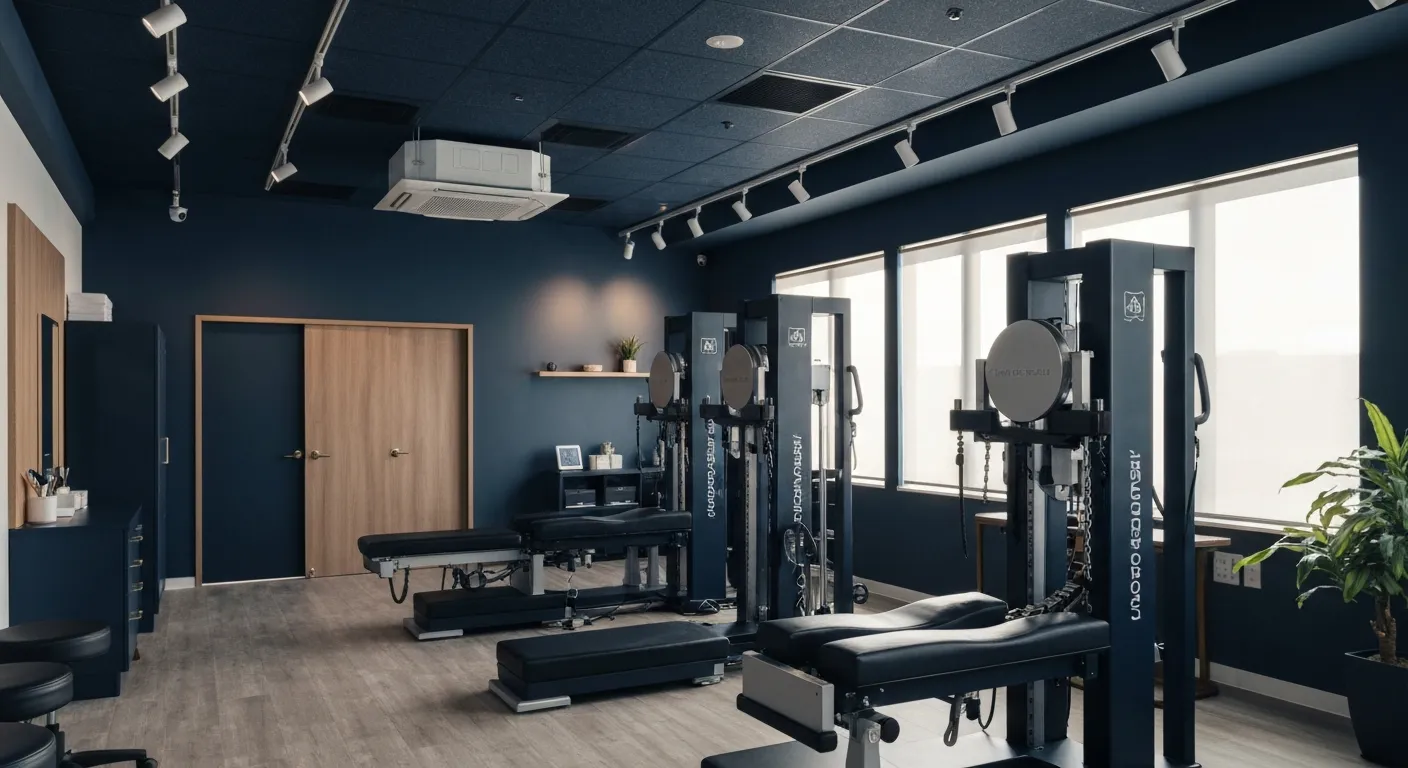
Sciatica Relief Through Targeted Spinal Decompression

Integrating Physiotherapy with Chiropractic Treatments for Better Results
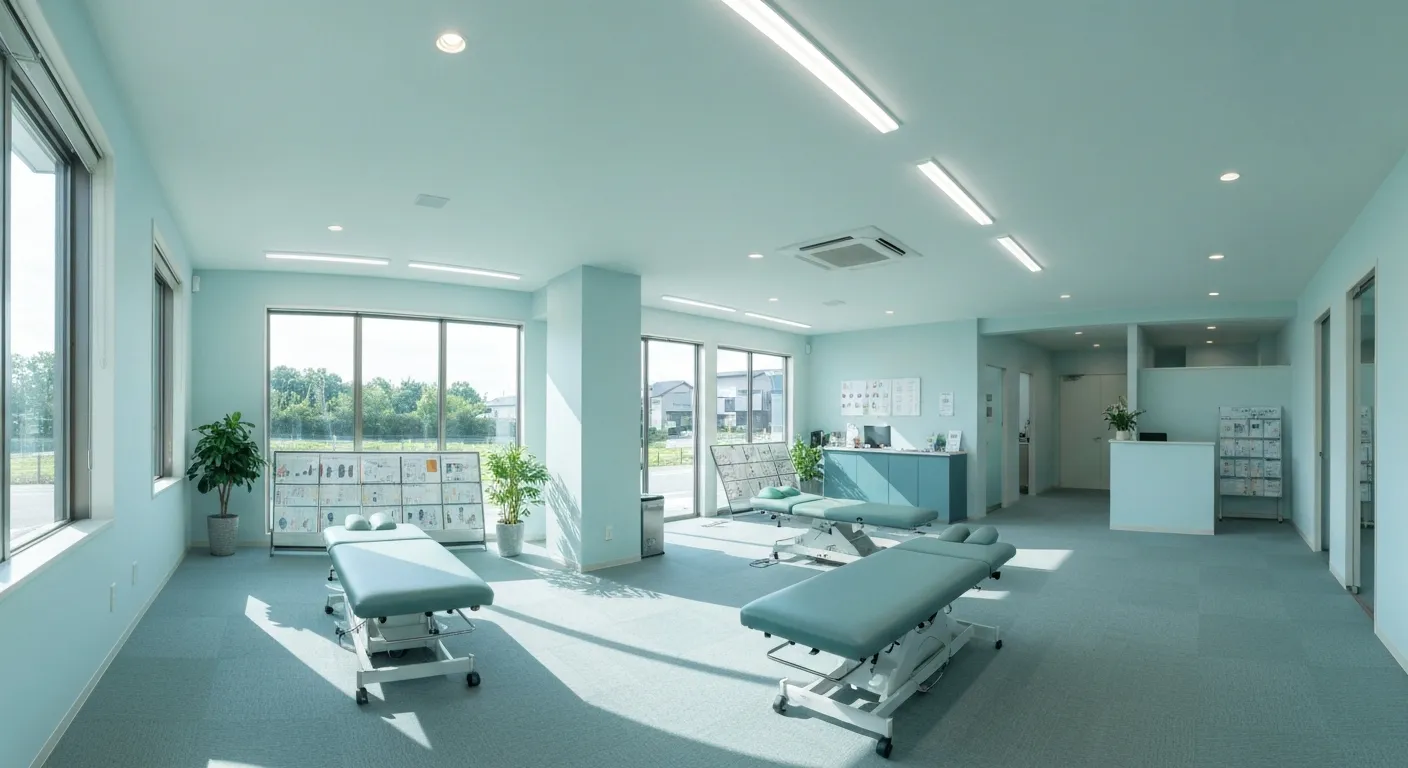
Testimonials That Demonstrate the Benefits of Chiropractic Care

The Power of Corrective Exercises in Pain Management

A Step-by-Step Guide to Your Initial Chiropractic Consultation

9 Nutritional Tips to Enhance Your Chiropractic Wellness Journey

Patient Experiences: How Chiropractic Care Changed Their Lives

Lifestyle Recommendations to Keep Your Spine in Top Shape

Effective Corrective Exercises for Long-Term Pain Relief

Back Pain Benefits: What Chiropractic Care Can Do for You
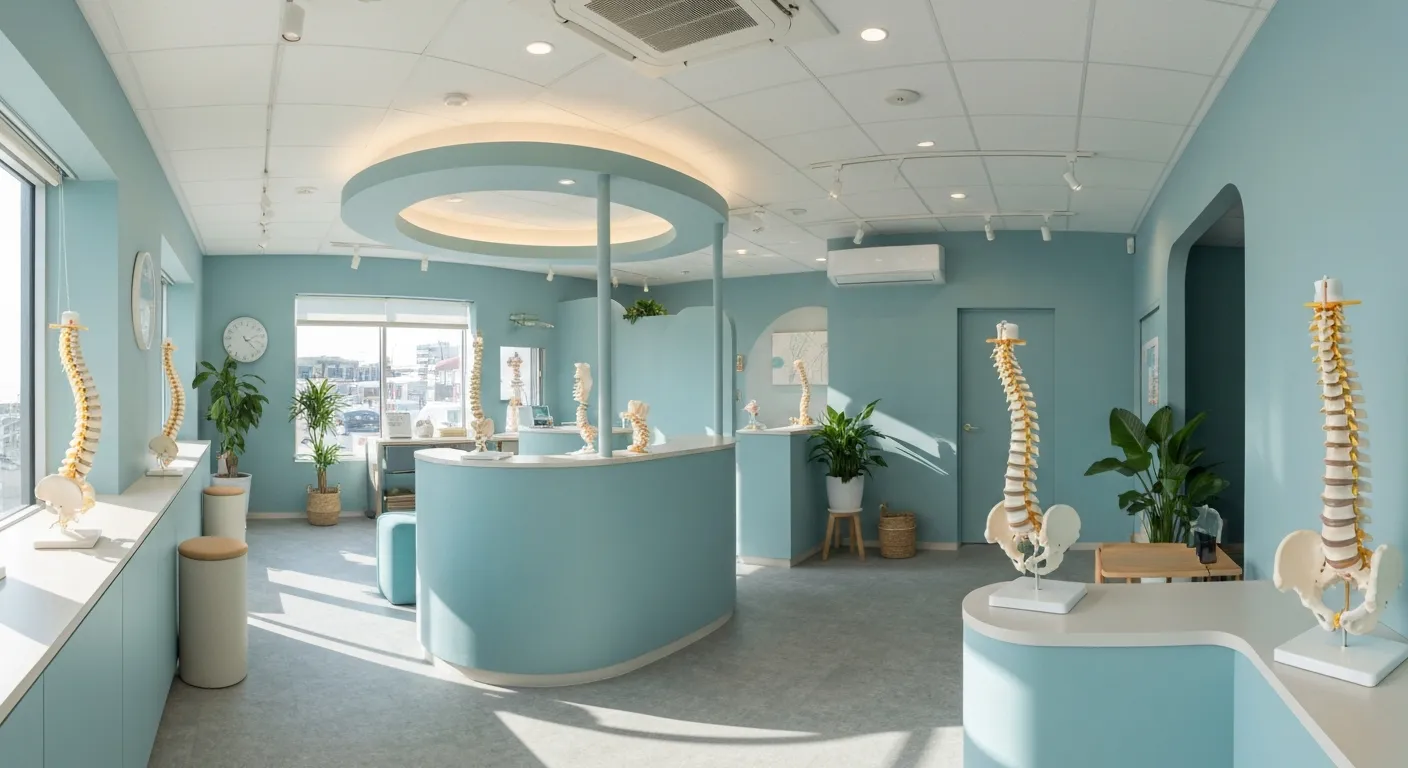
Spinal Decompression Techniques for Effective Sciatica Relief
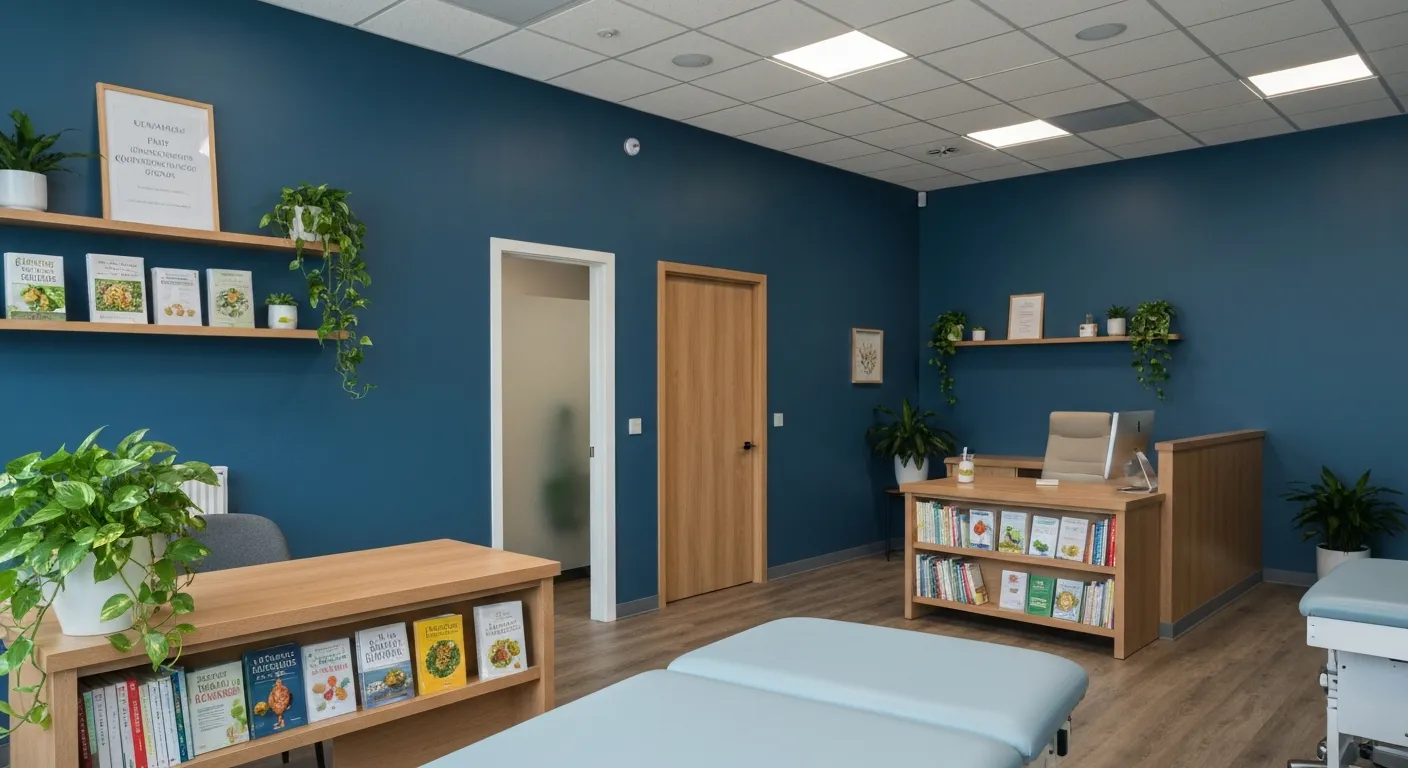
Top Nutritional Counseling Tips for Enhanced Wellness
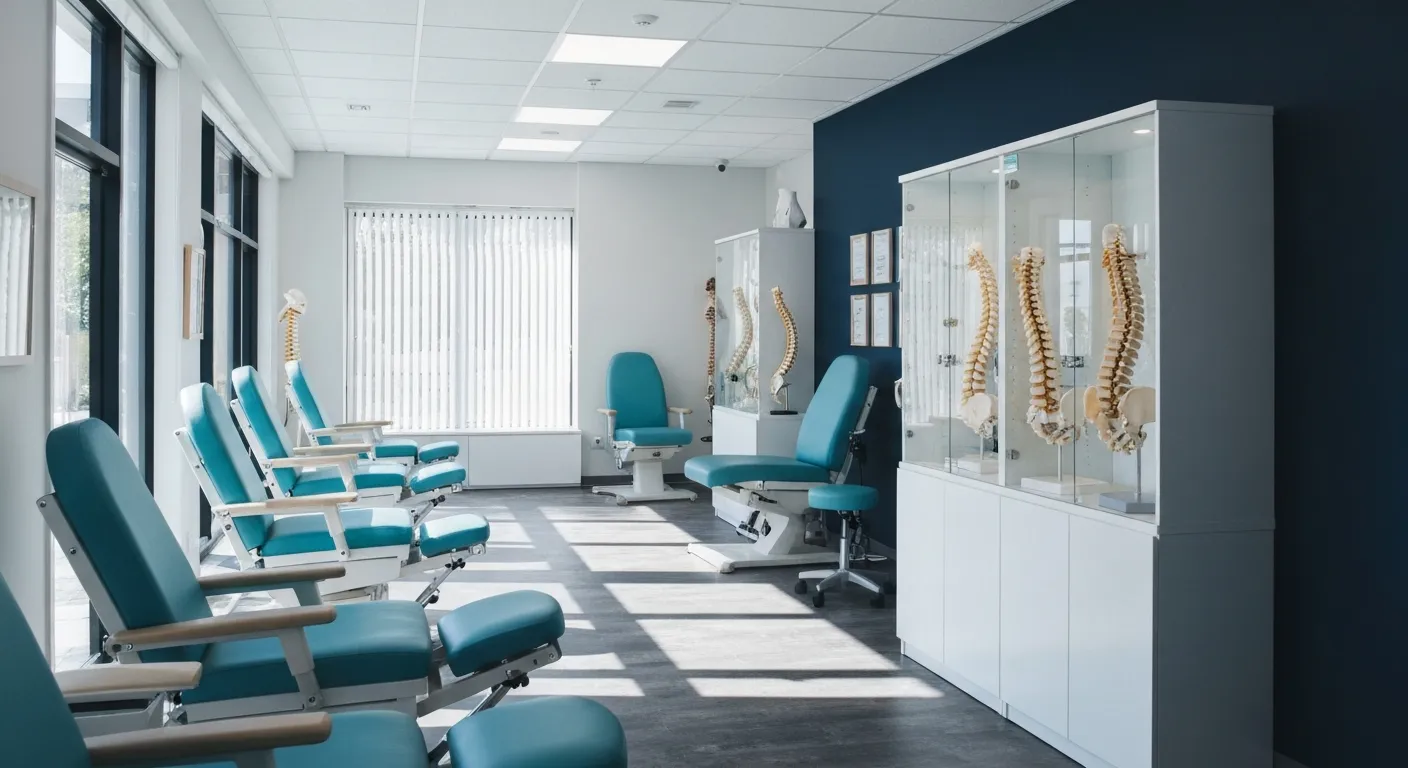
6 Lifestyle Habits That Boost Spine Health Daily

Discover Holistic and Non-Surgical Pain Relief Solutions

Exploring Holistic and Non-Surgical Treatment Options for Pain
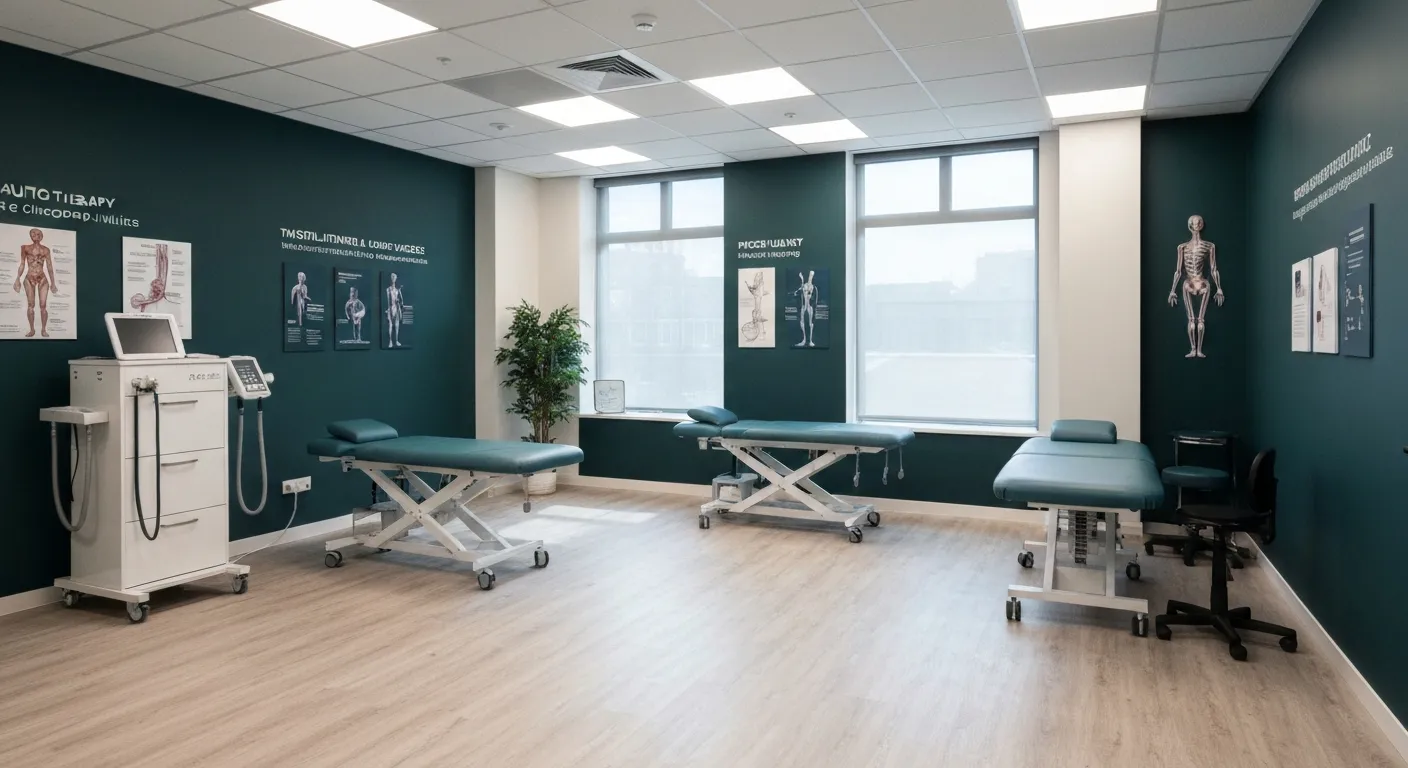
The Role of Physiotherapy in Enhancing Chiropractic Care Outcomes

Complementing Chiropractic Care with Physiotherapy: What You Need to Know
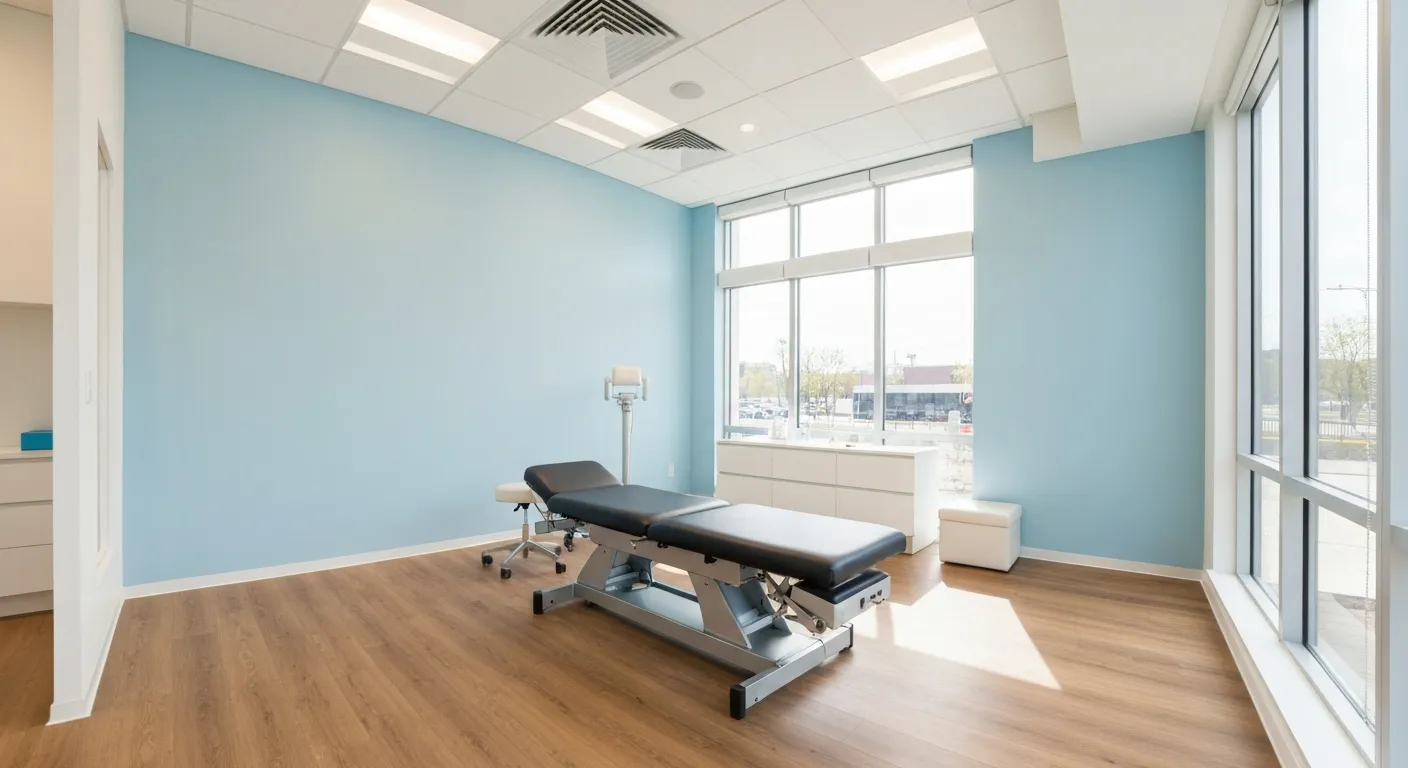
What to Expect During Your First Chiropractic Visit
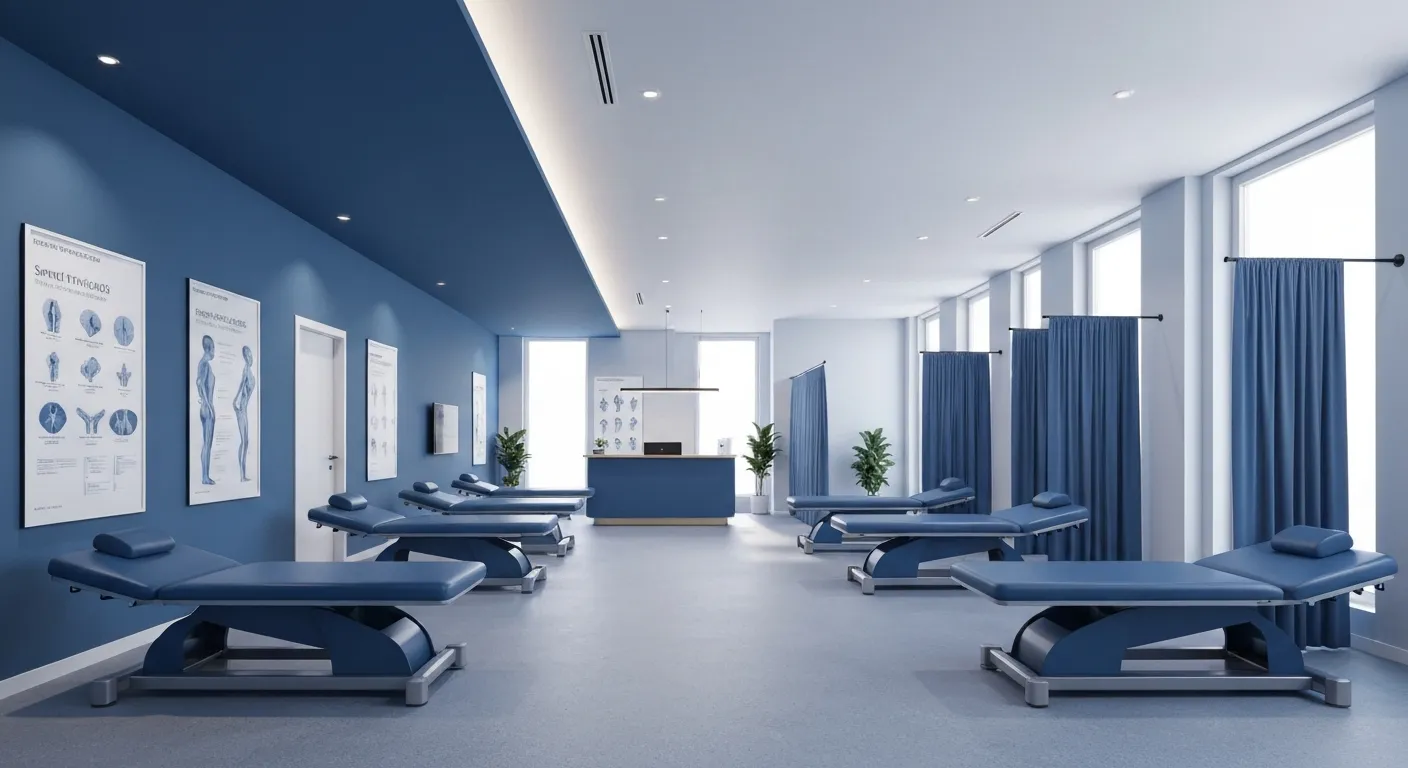
Simple Lifestyle Adjustments to Maintain a Healthy Spine

Personalized Nutritional Counseling for Improved Health Outcomes
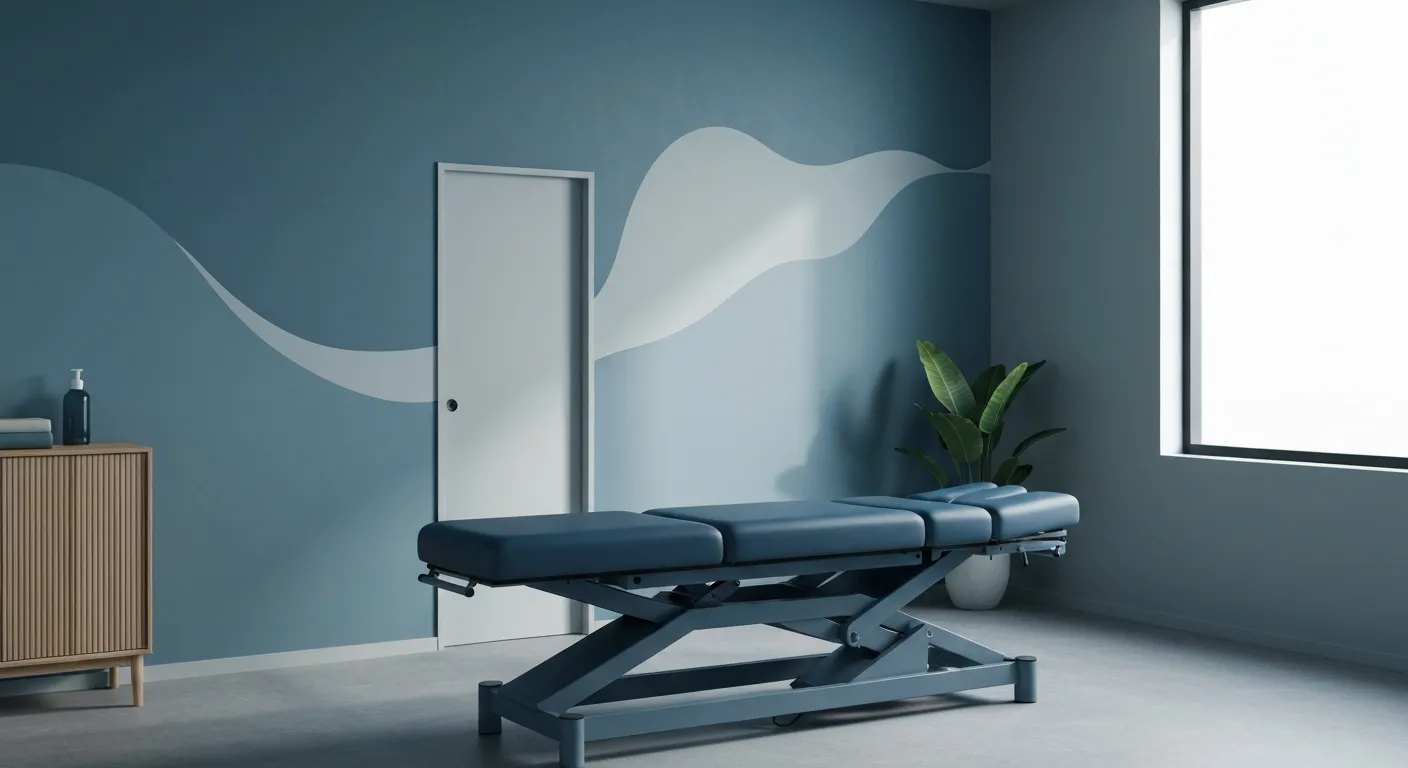
Exploring Non-Surgical Treatments for Spine-Related Conditions
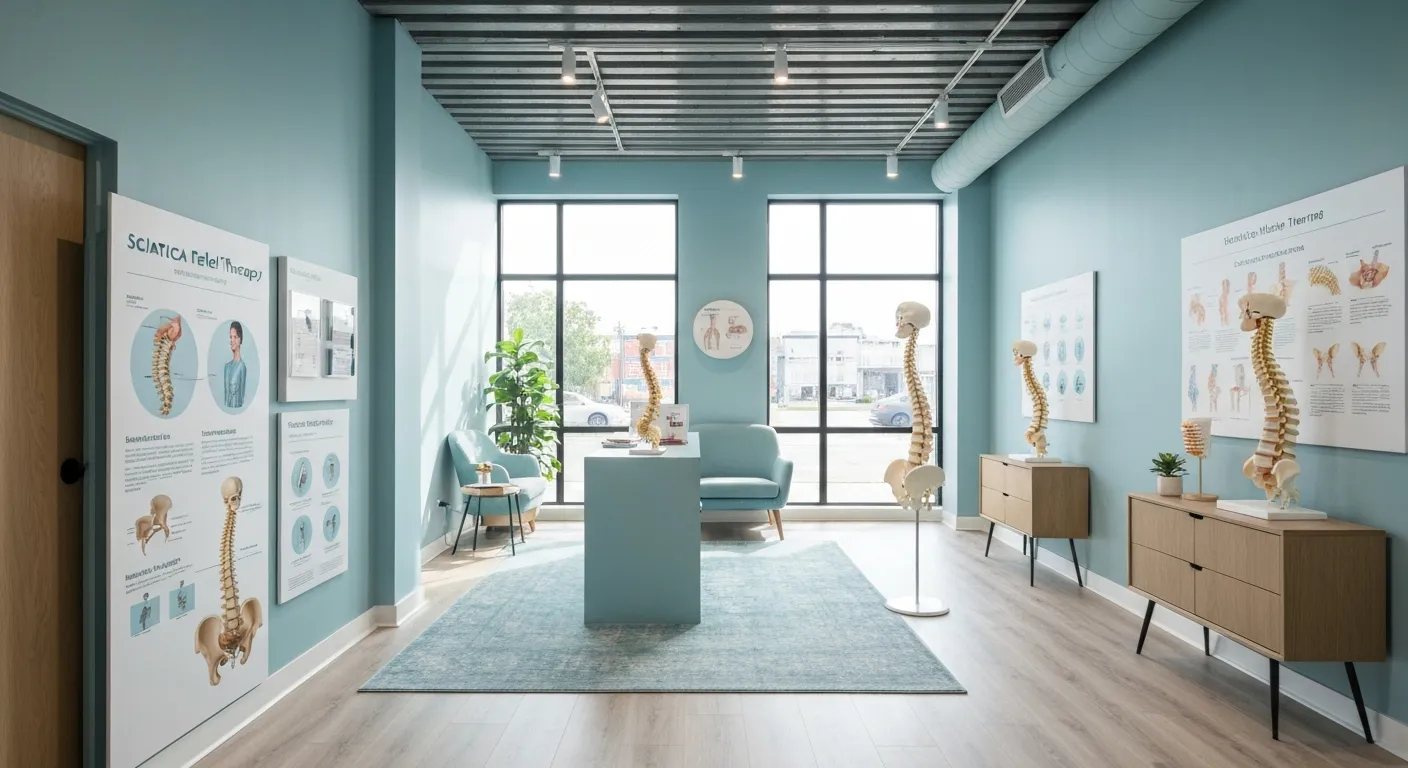
An Introduction to Spinal Decompression for Sciatica Patients
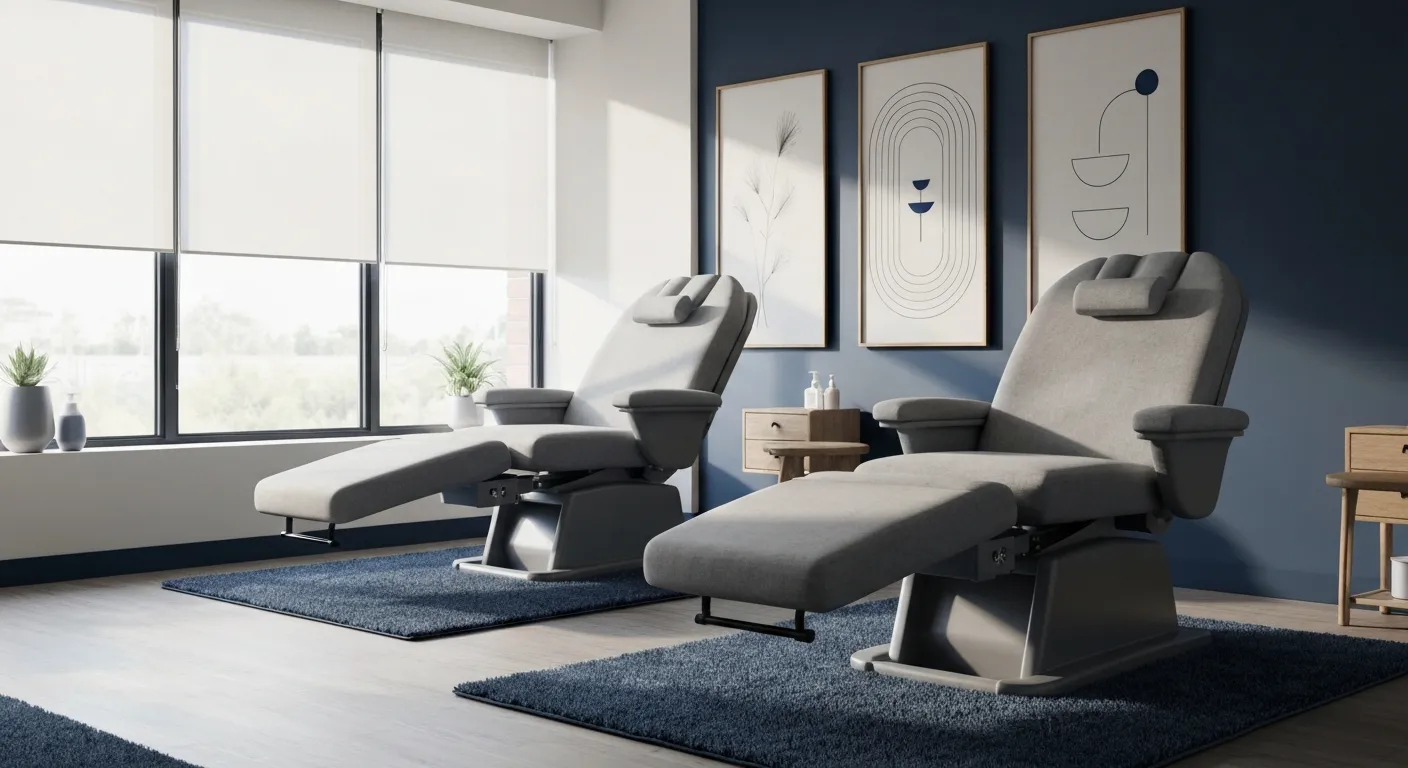
Transformative Success Stories: Patient Experiences with Chiropractic Treatments
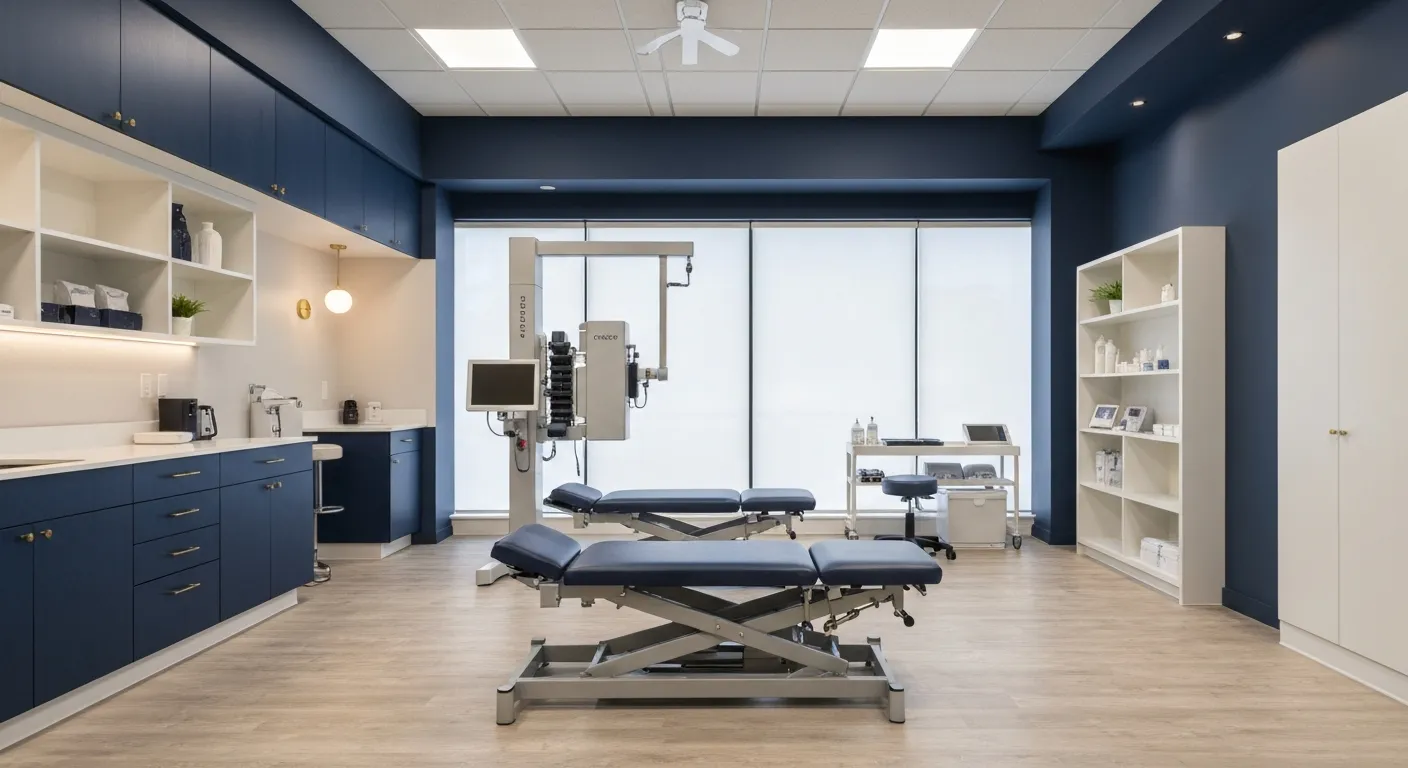
Why Chiropractic Care Is Essential for Back Pain Relief

Addressing Underlying Causes Versus Symptom Management in Pain Care

The Role of Nutrition in Enhancing Chiropractic Treatment Effectiveness
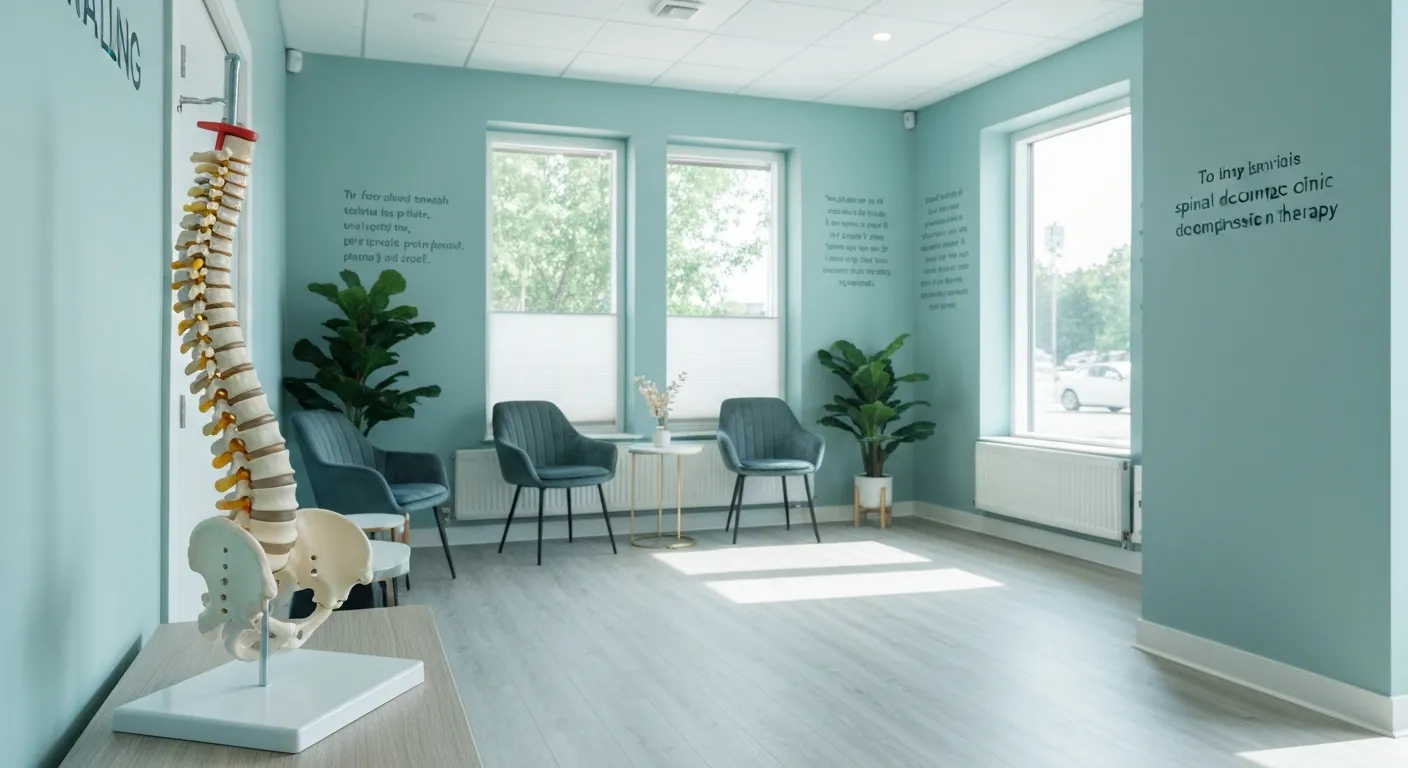
Sciatica Treatment Options: Is Spinal Decompression Right for You?
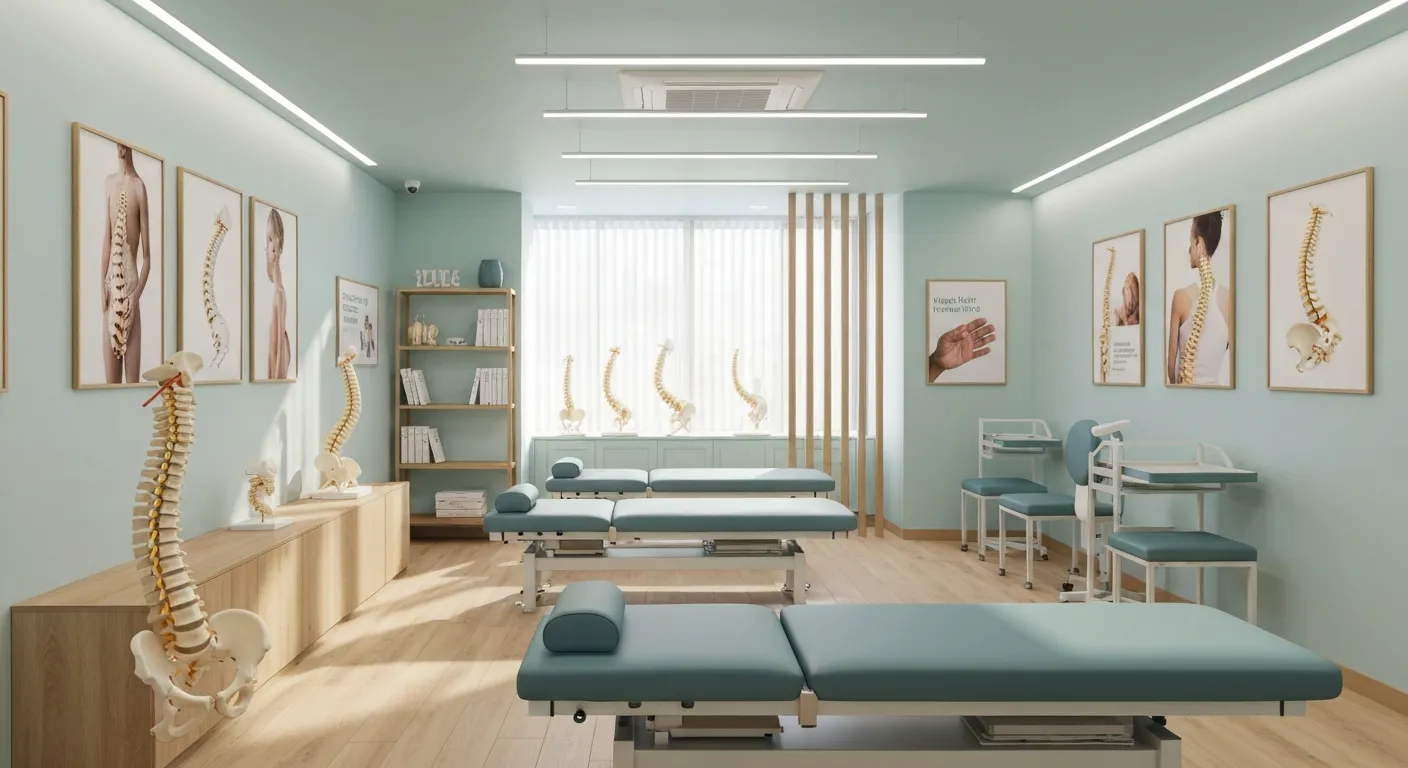
Lifestyle Tips to Maintain a Healthy Spine and Prevent Back Issues
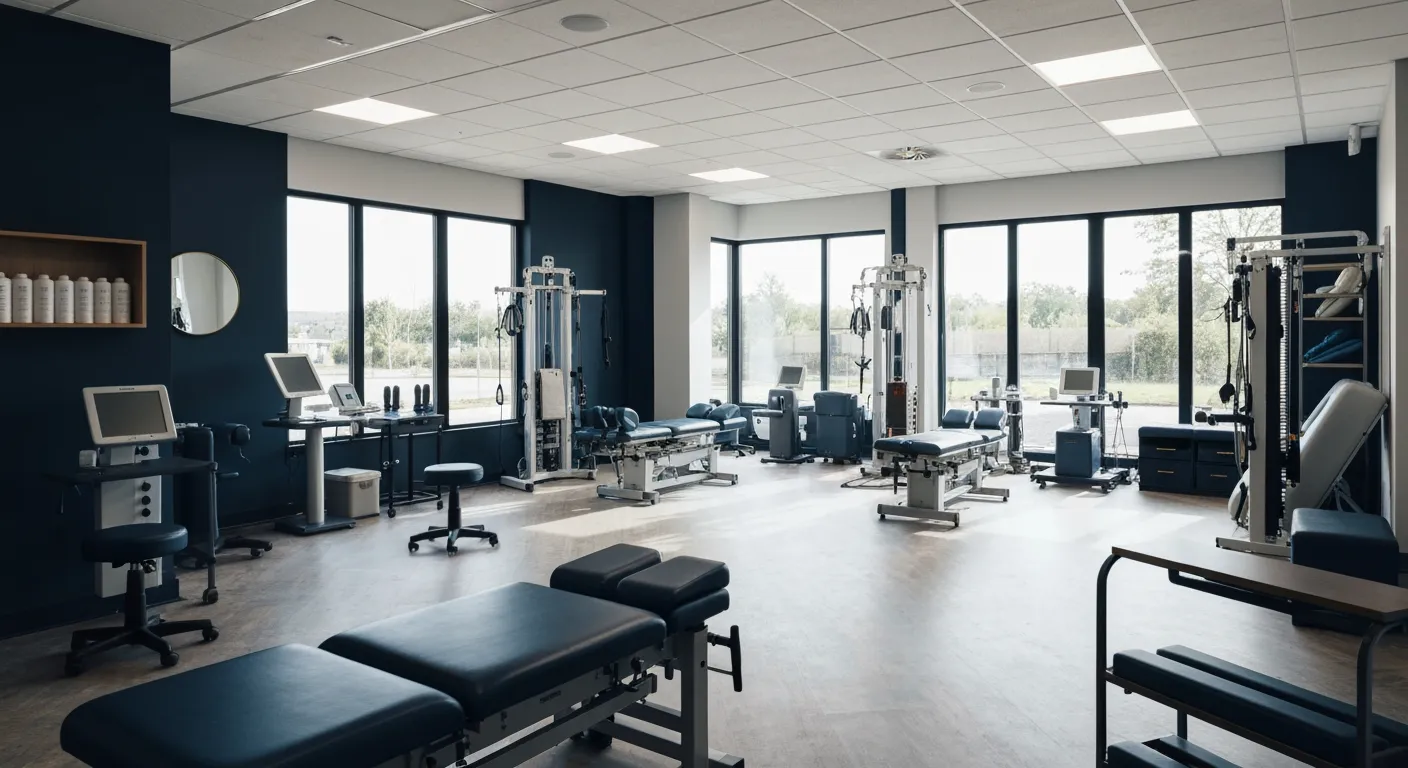
The Synergy Between Physiotherapy and Chiropractic Treatments
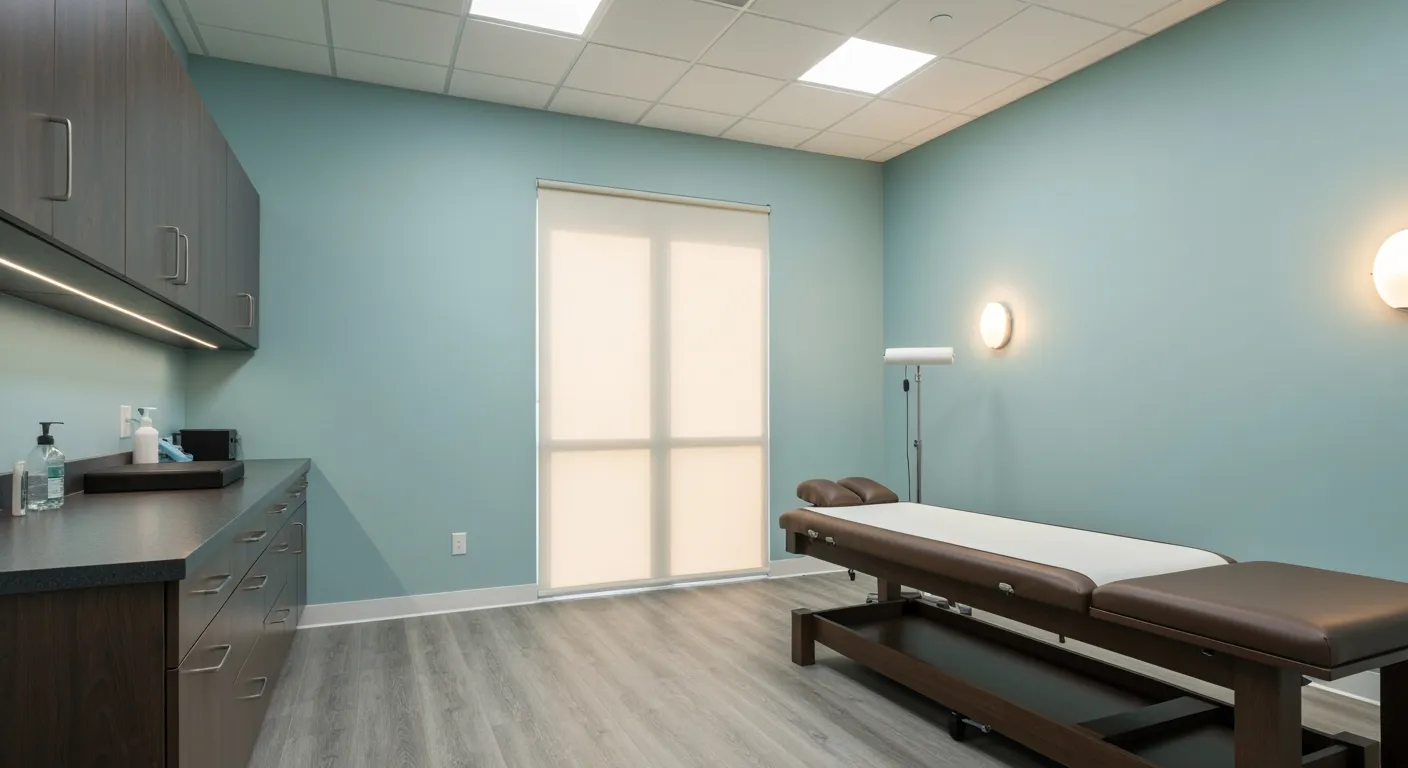
What Happens During Your Initial Chiropractic Consultation
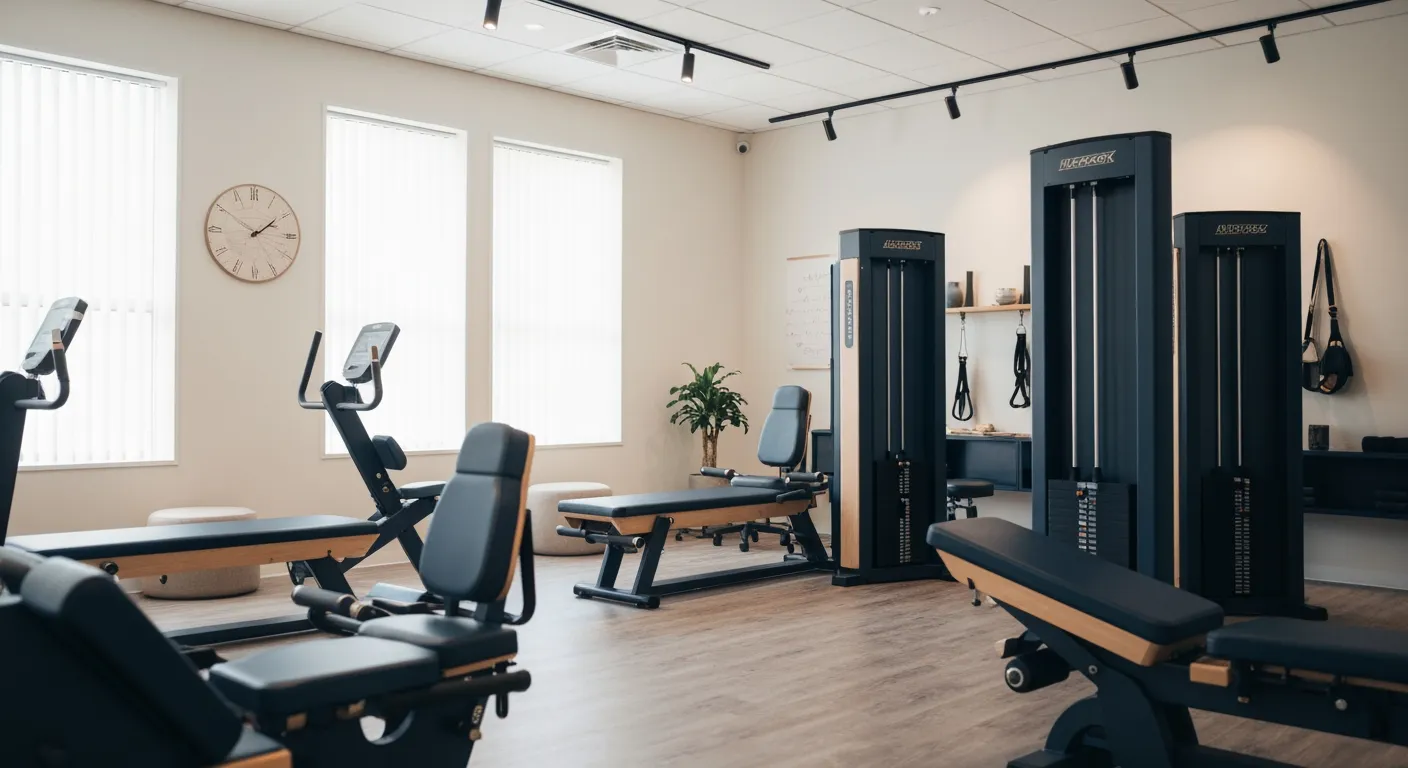
Effective Corrective Exercises for Sustainable Pain Management
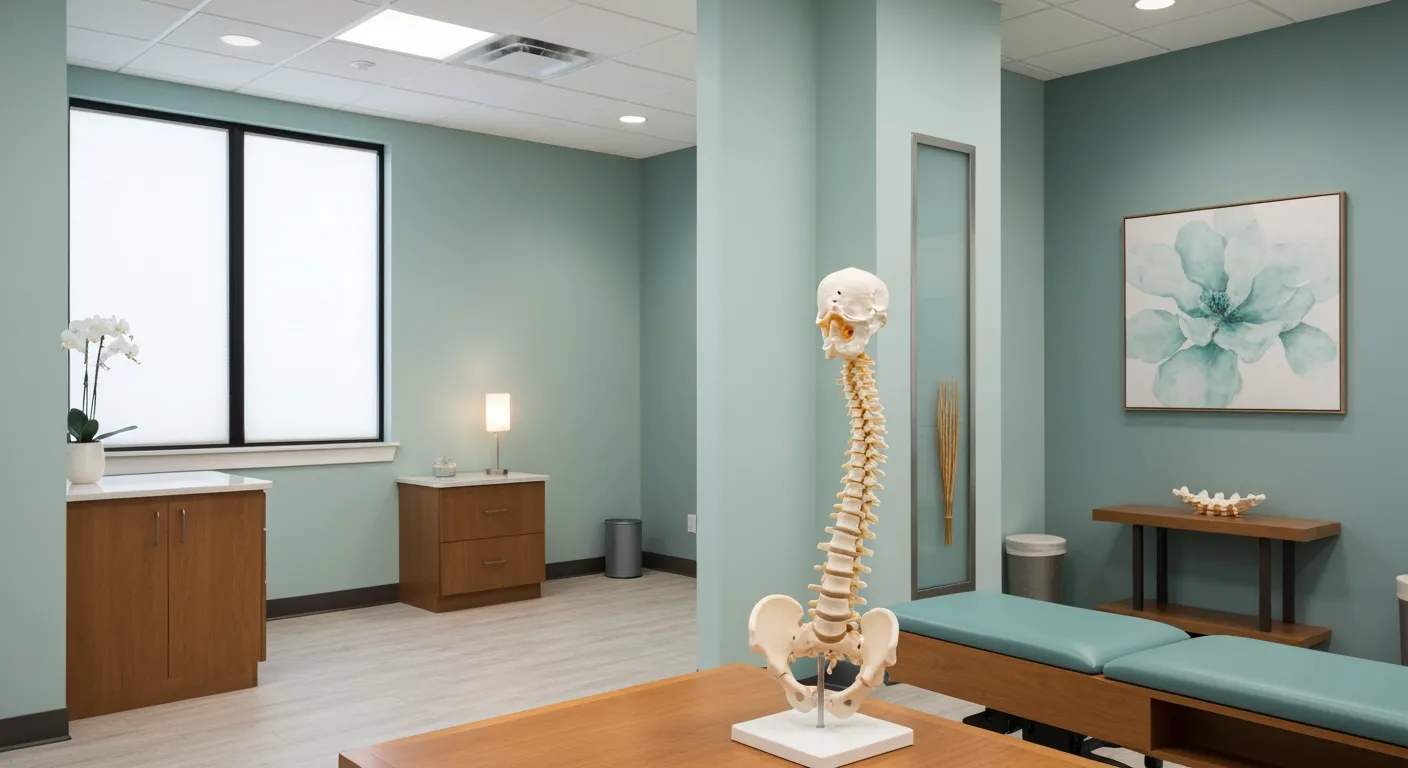
Taking a Root Cause Approach to Chronic Pain Management

Holistic Pain Management Techniques Without Surgery

How Patient Success Stories Validate Chiropractic Care Benefits
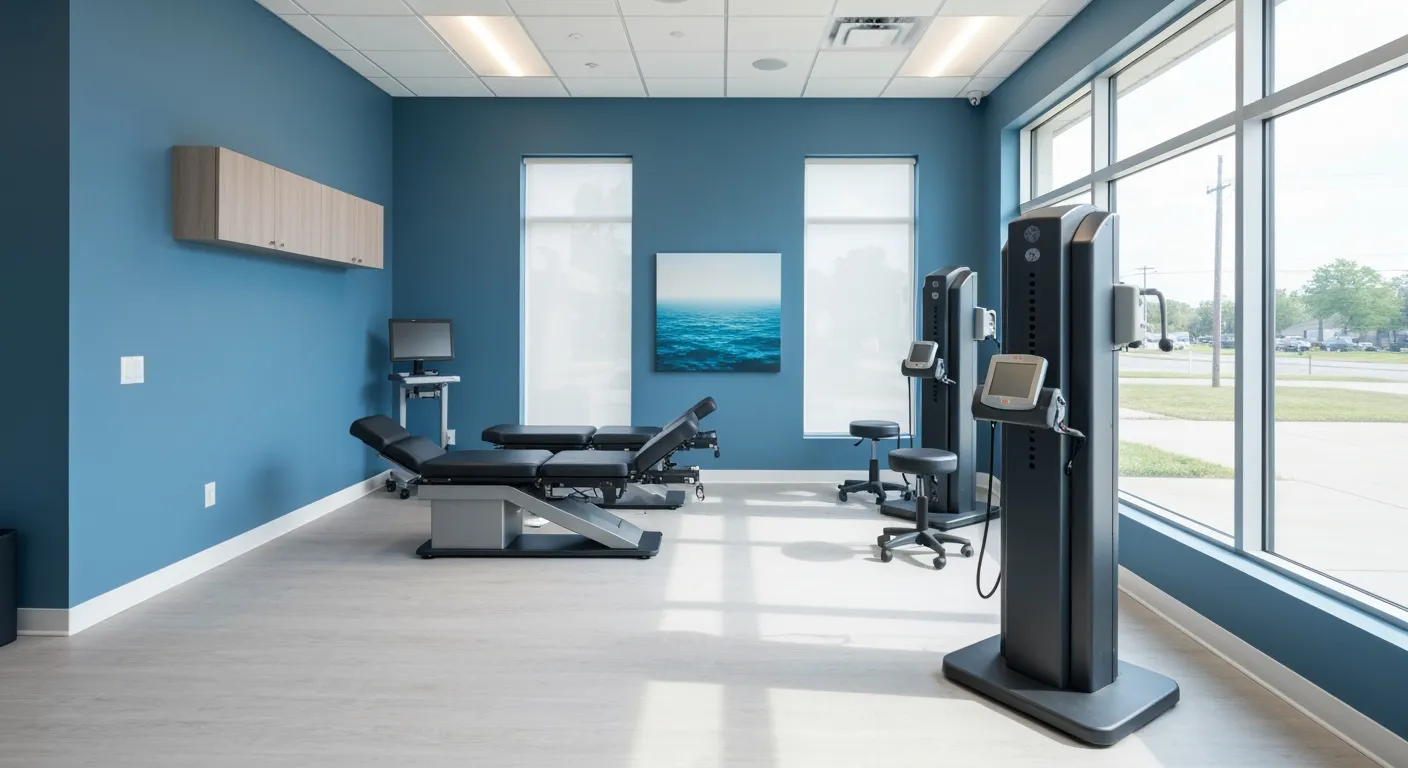
Spinal Decompression: Innovative Treatment for Sciatic Nerve Pain
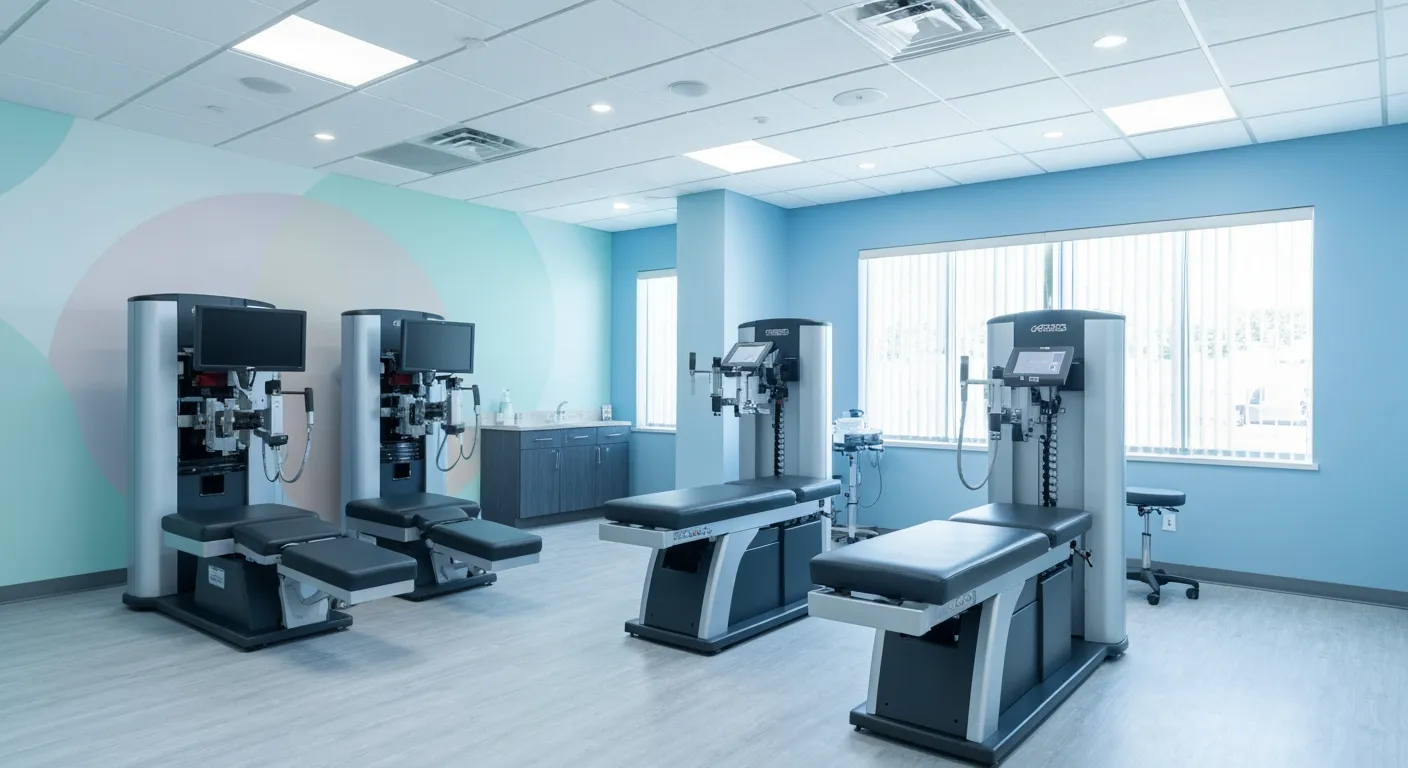
Spinal Decompression Therapy: A Non-Invasive Approach to Sciatica Relief

Exploring Holistic Approaches Beyond Surgery for Pain Relief

Practical Lifestyle Advice to Support a Healthy Spine Every Day
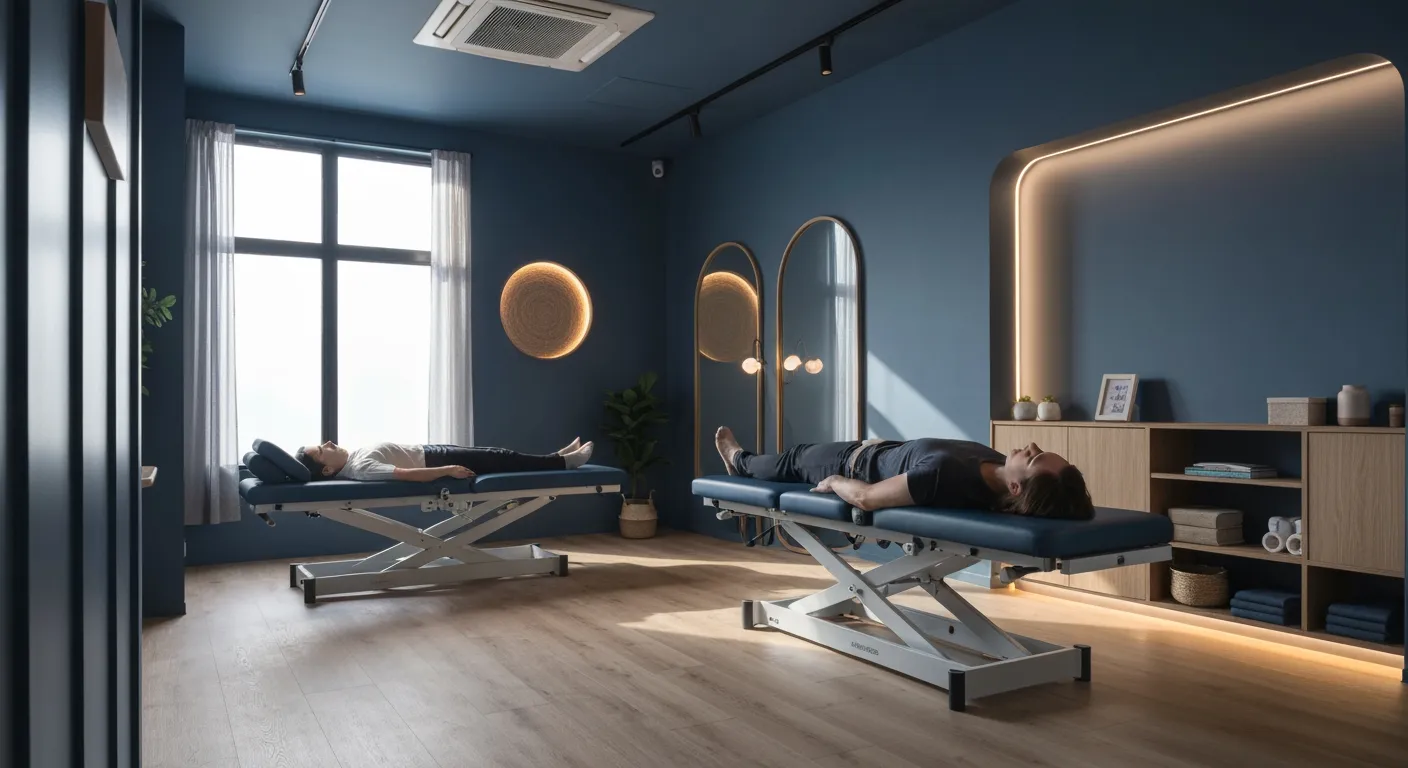
Corrective Exercise Routines Designed for Long-Term Pain Prevention

Real Patient Stories: Overcoming Chronic Pain with Chiropractic Care
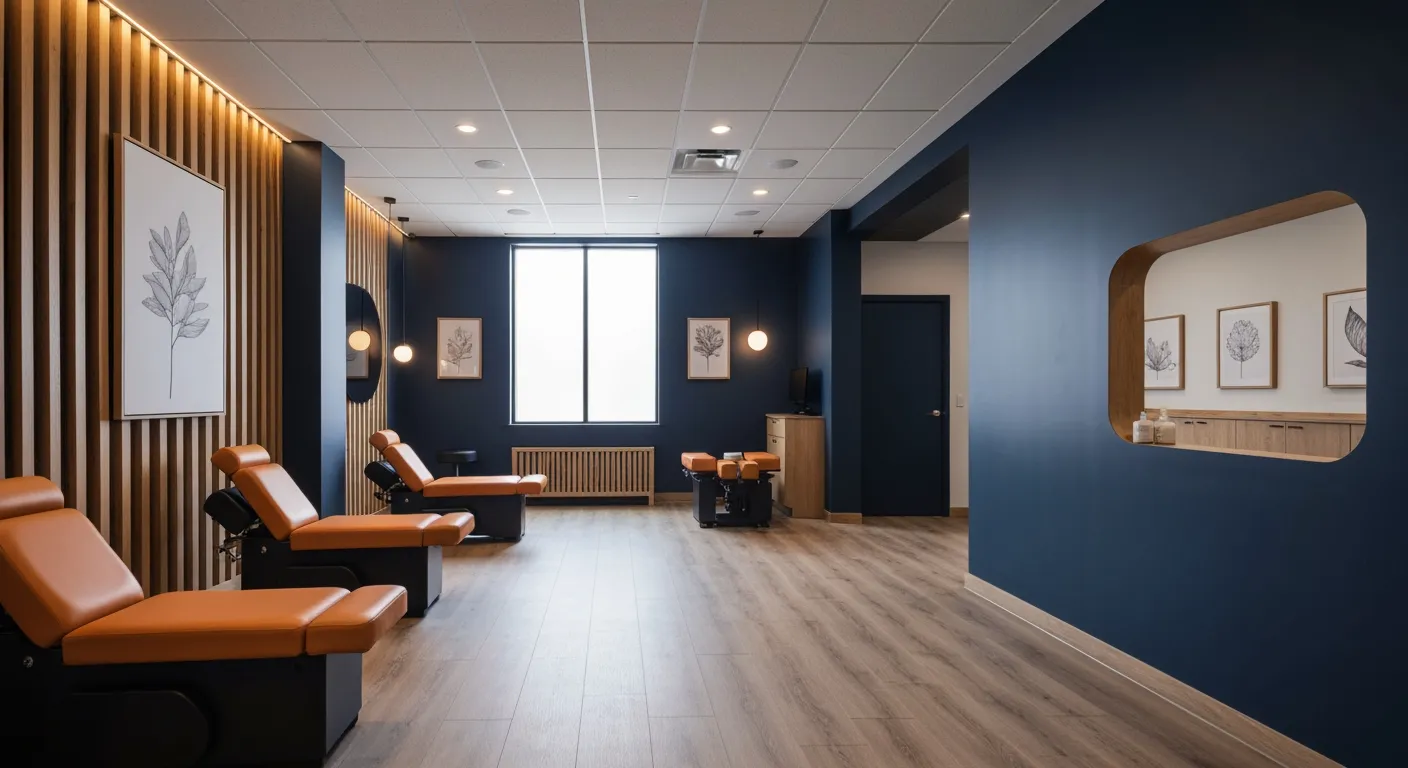
Lifestyle Changes That Promote a Healthy Spine and Prevent Injury

How Addressing the Root Cause of Pain Leads to Lasting Relief

Non-Surgical Holistic Therapies to Manage Chronic Pain Effectively

Nutritional Counseling's Impact on Physical Health and Healing

Benefits of Regular Chiropractic Care for a Stronger Back

Your First Chiropractic Visit: What to Expect and How to Prepare

Patient Experiences: How Chiropractic Care Transformed Their Lives
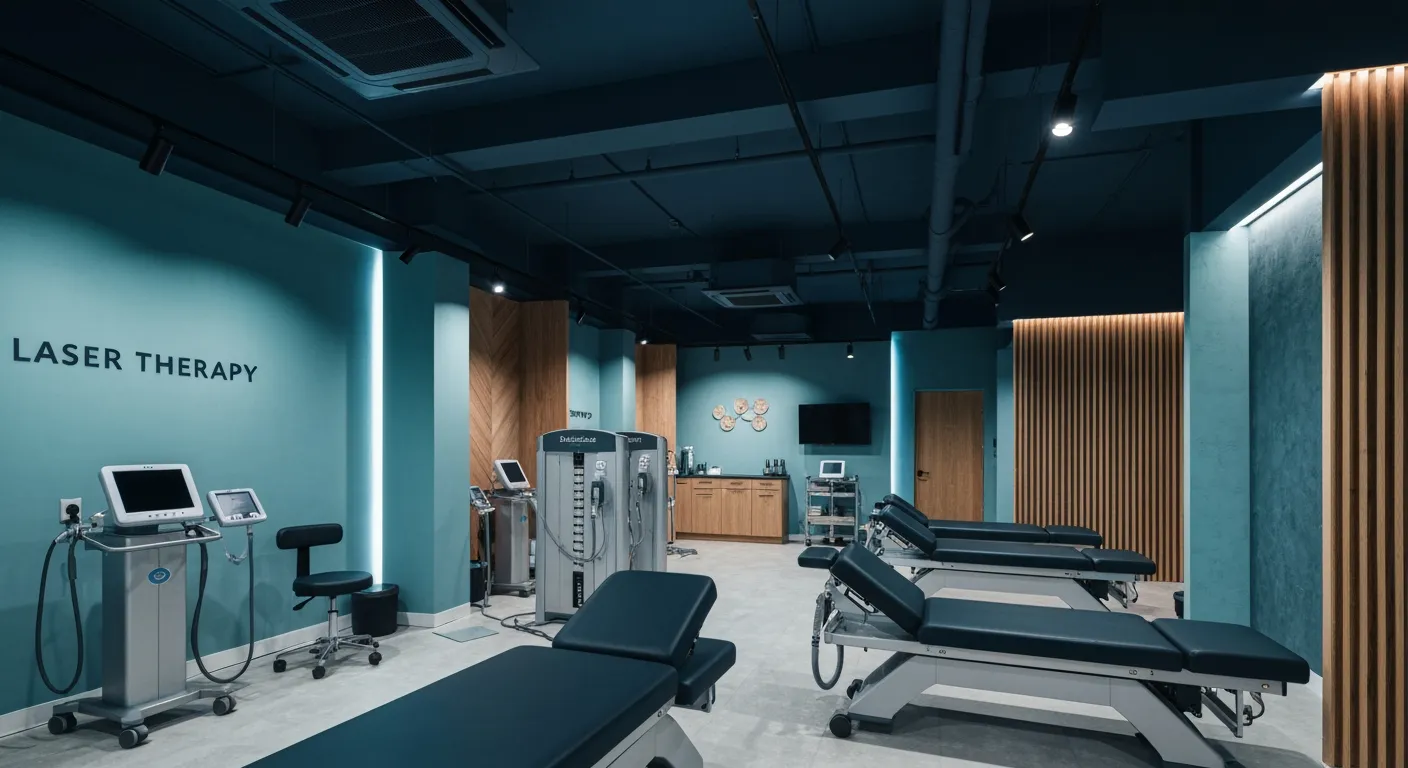
Exploring Holistic, Non-Surgical Options for Pain Management

Combining Physiotherapy with Chiropractic Treatments for Enhanced Recovery

Holistic Treatments That Offer Alternatives to Surgery for Pain Relief

Corrective Exercise Strategies for Long-Term Spine Health
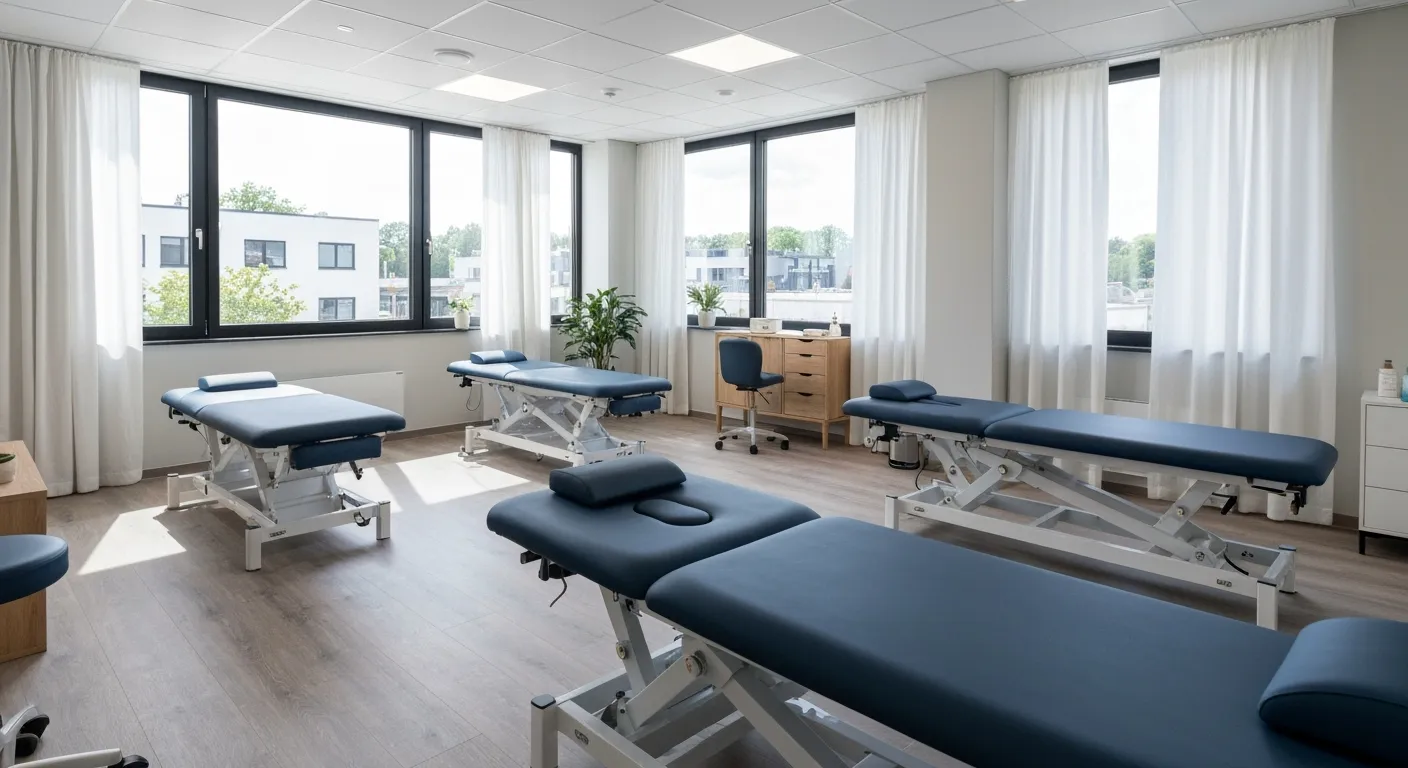
How Physiotherapy Complements Chiropractic Adjustments for Better Outcomes

First-Time Chiropractic Visitors: What You Should Know

Understanding the Importance of Treating Pain at Its Source

Adopting Lifestyle Changes to Support Your Spine's Wellness

Utilizing Physiotherapy to Enhance Chiropractic Treatment Outcomes

The Key Advantages of Chiropractic Care for Back Pain Sufferers
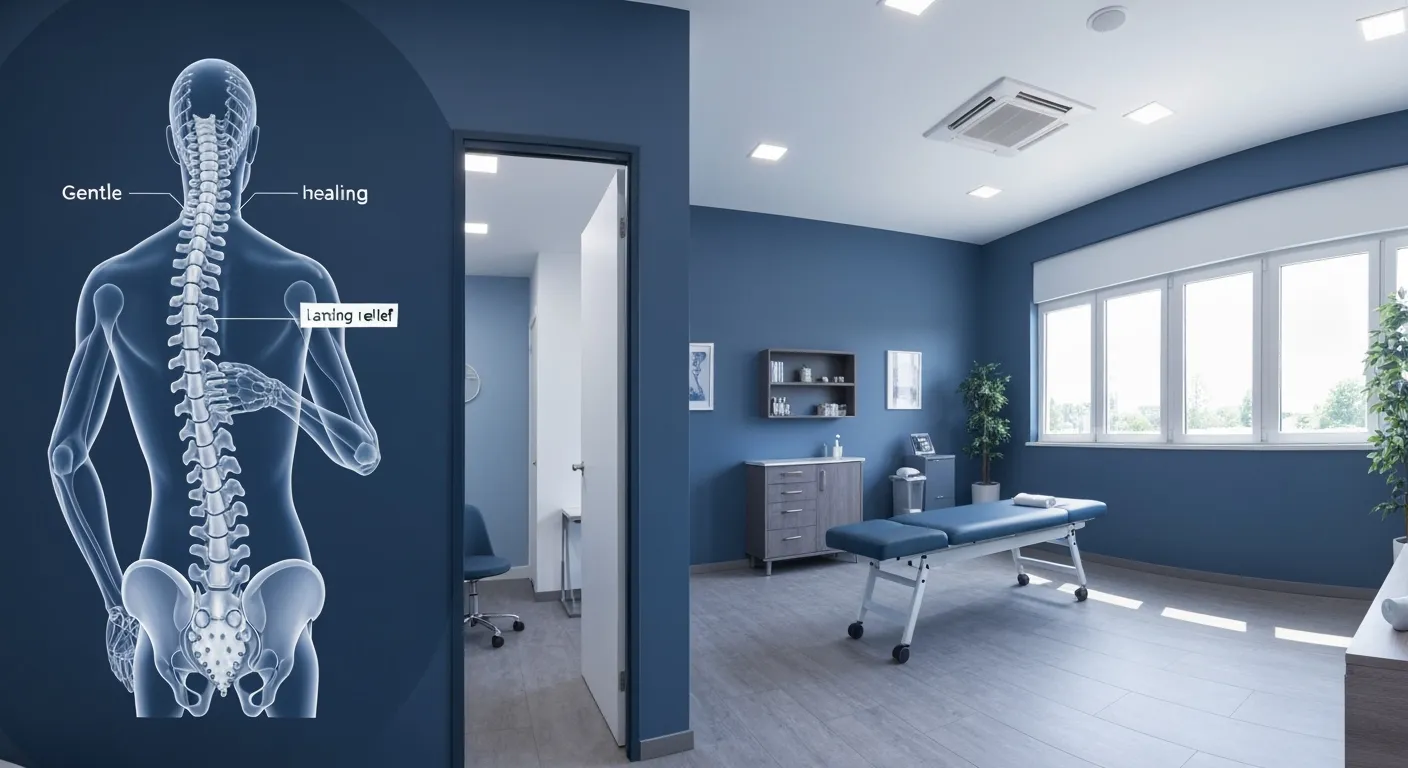
Why Focusing on Root Causes Improves Pain Treatment Success

Corrective Exercises That Promote Lasting Pain Relief and Mobility

Sciatica Relief Through Targeted Spinal Decompression Techniques
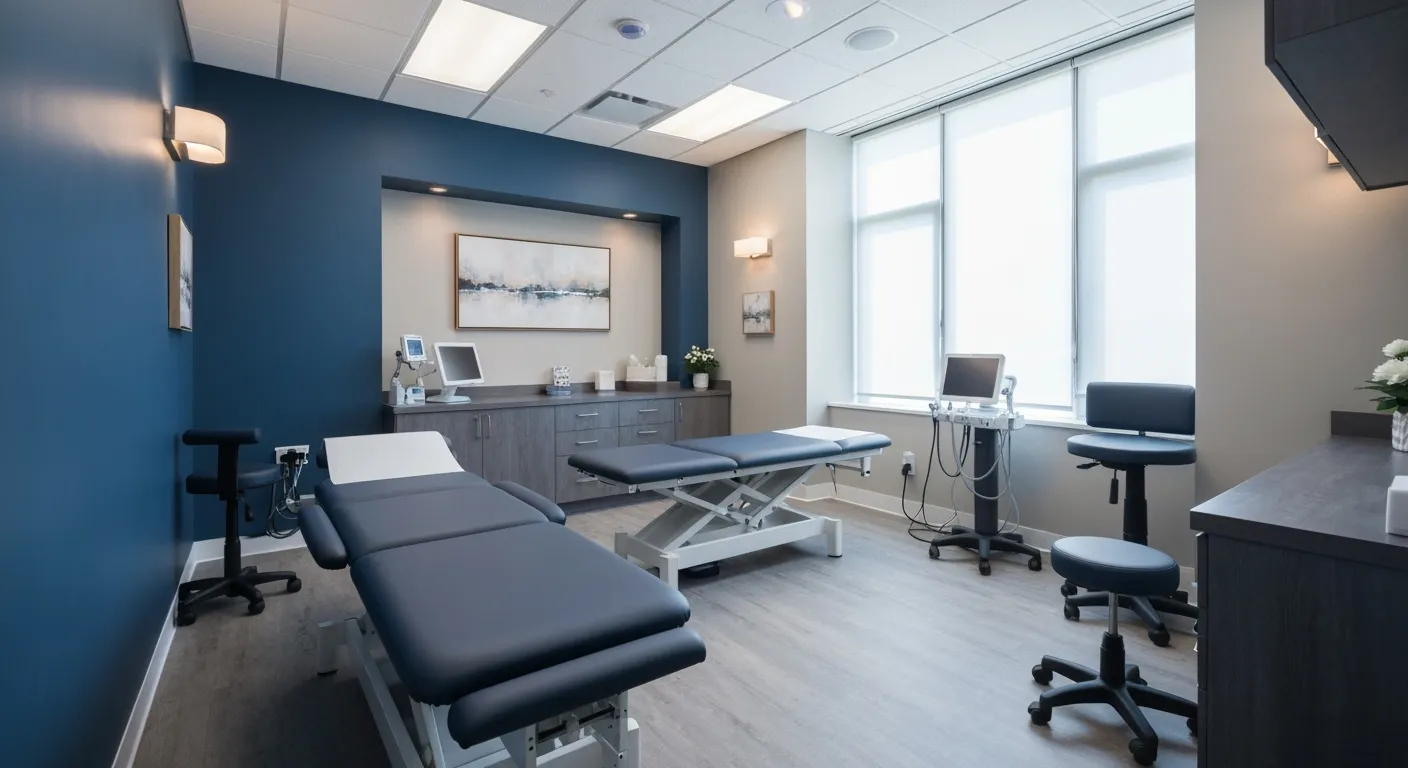
Preparing for Your First Chiropractic Appointment with Confidence

Healthy Lifestyle Habits for Maintaining Spinal Alignment

Success Stories Highlighting Chiropractic's Role in Pain Recovery

Top Benefits of Chiropractic Care for Chronic Back Pain

Nutrition Tips to Boost Your Overall Wellness and Recovery

How Chiropractic Care Alleviates Back Pain Naturally
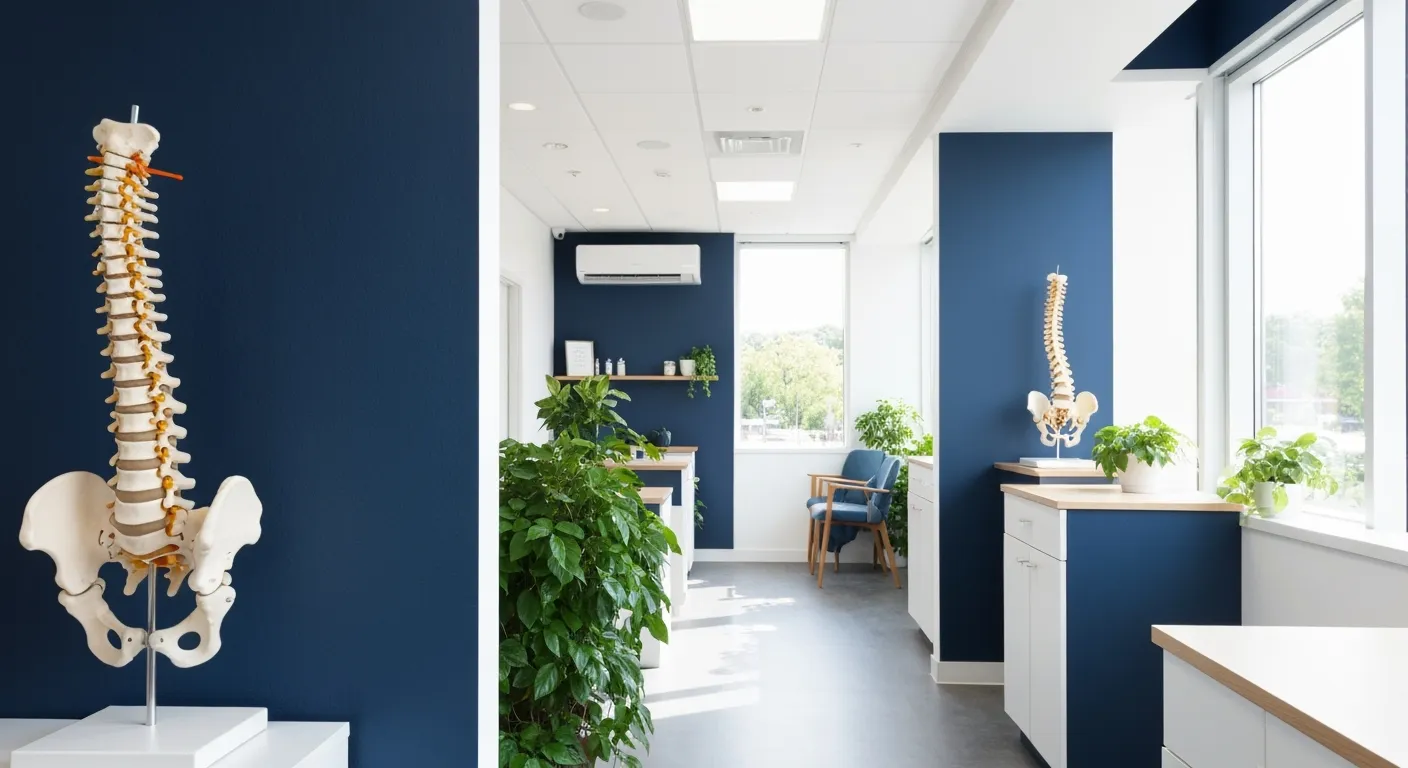
How Nutritional Counseling Supports Overall Wellness and Spine Health
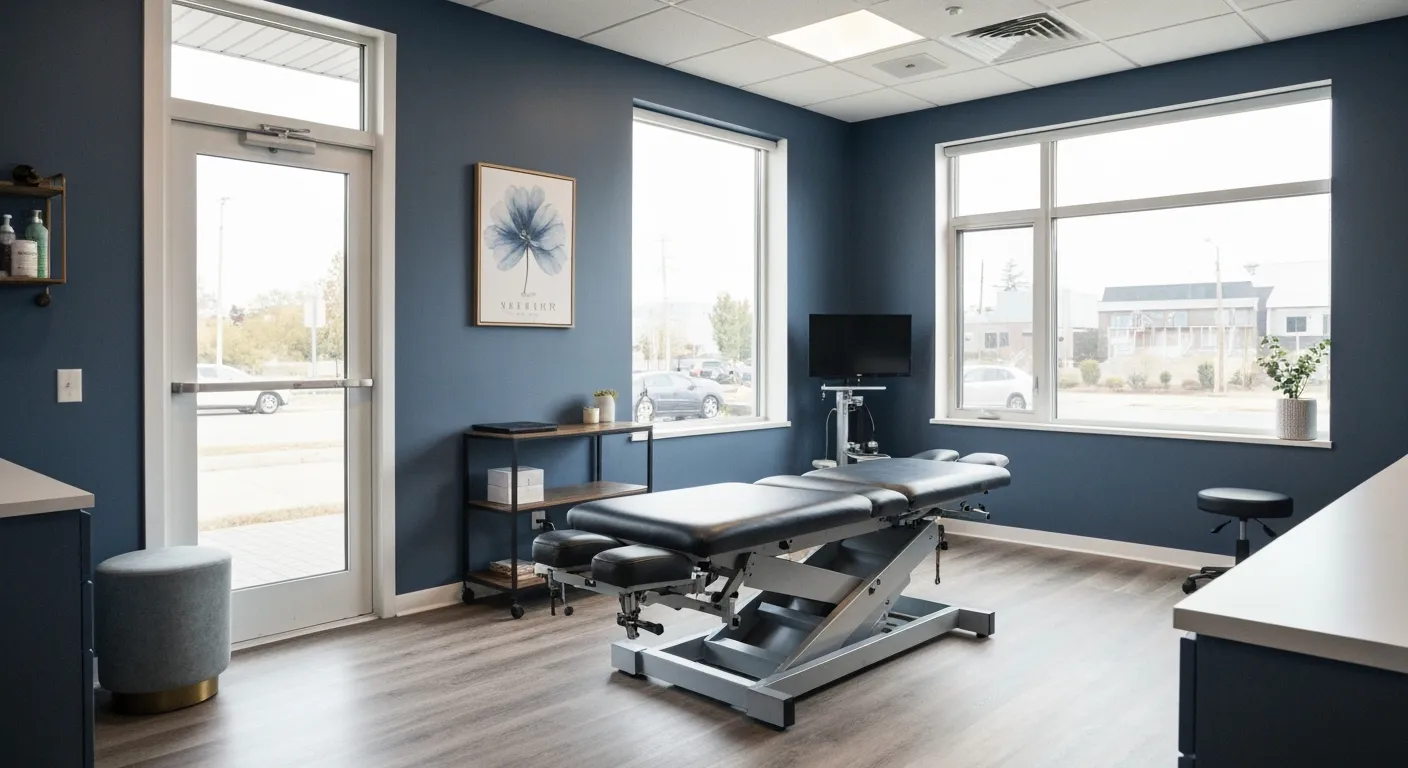
Step-by-Step Guide to Your First Visit with a Chiropractor

Using Nutrition to Support Chiropractic and Overall Wellness

Integrating Physiotherapy in Your Chiropractic Healing Journey

How Physiotherapy Complements Chiropractic Adjustments for Faster Healing
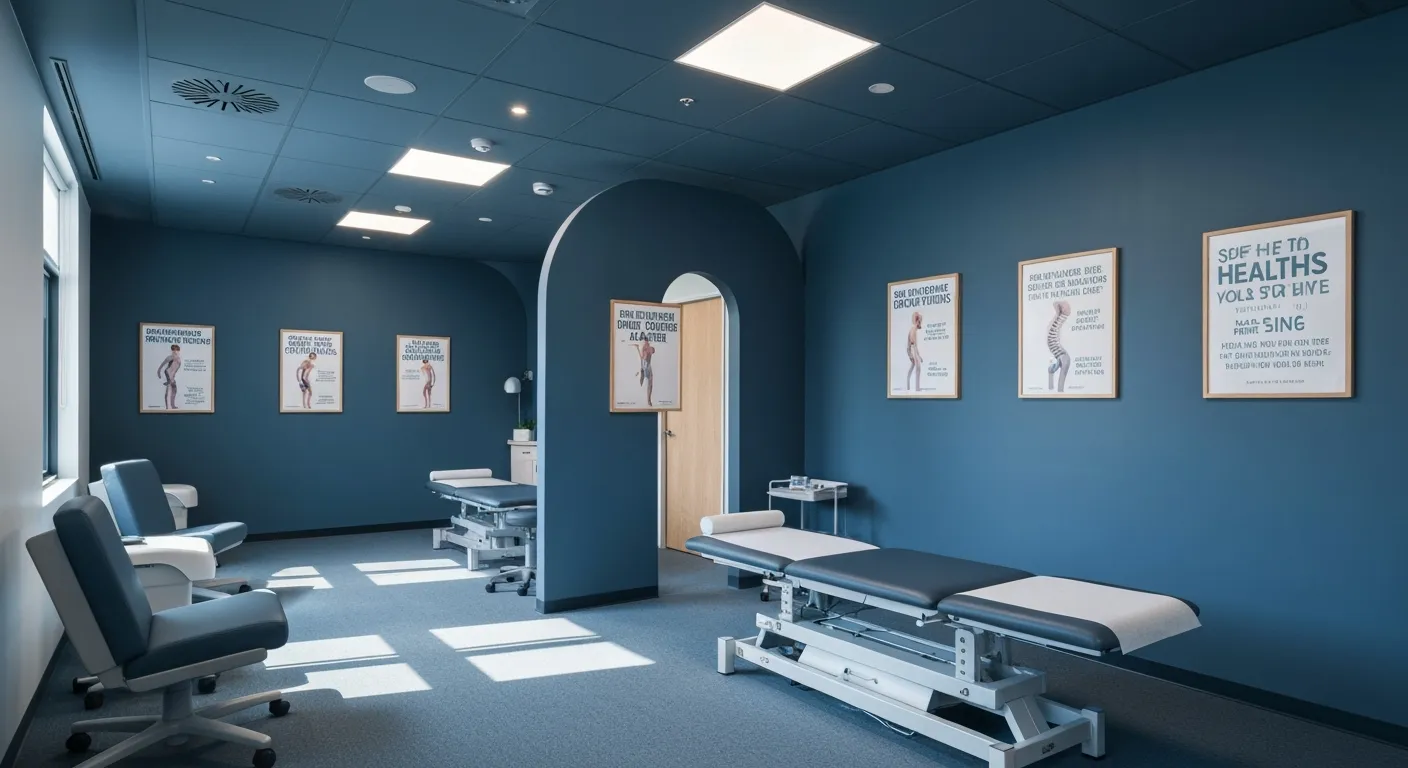
Lifestyle Tips for Maintaining a Healthy Spine and Preventing Back Pain

Heartwarming Patient Testimonials Highlighting Chiropractic Success

How Proper Nutrition Supports Chiropractic and Physiotherapy Treatments

Combining Physiotherapy and Chiropractic Treatments for Optimal Recovery
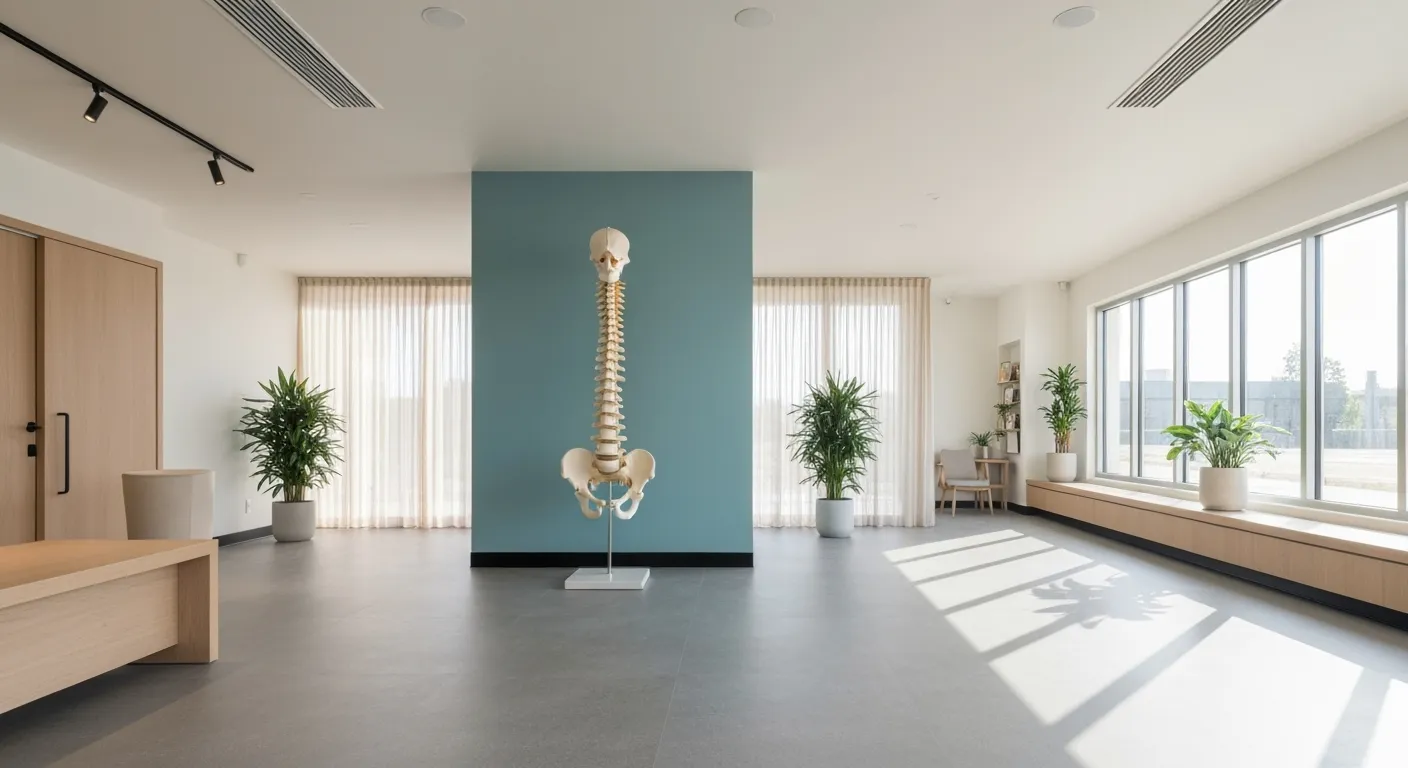
Why Chiropractic Treatments Are Effective for Managing Back Pain

Choosing a Chiropractor: Tips for Finding a Trusted Provider

Integrating Physiotherapy and Chiropractic: Benefits and What to Expect

How Tailored Corrective Exercises Can Aid in Pain Management

Chiropractic Care: A Proven Solution for Alleviating Back Pain

What to Expect at Your First Chiropractic Visit: A Comprehensive Guide

The Importance of Root Cause Analysis in Effective Pain Management

The Role of Corrective Exercises in Sustaining Pain-Free Living

Combining Chiropractic and Physiotherapy for Comprehensive Pain Relief

How Addressing Underlying Causes Improves Pain Treatment Effectiveness
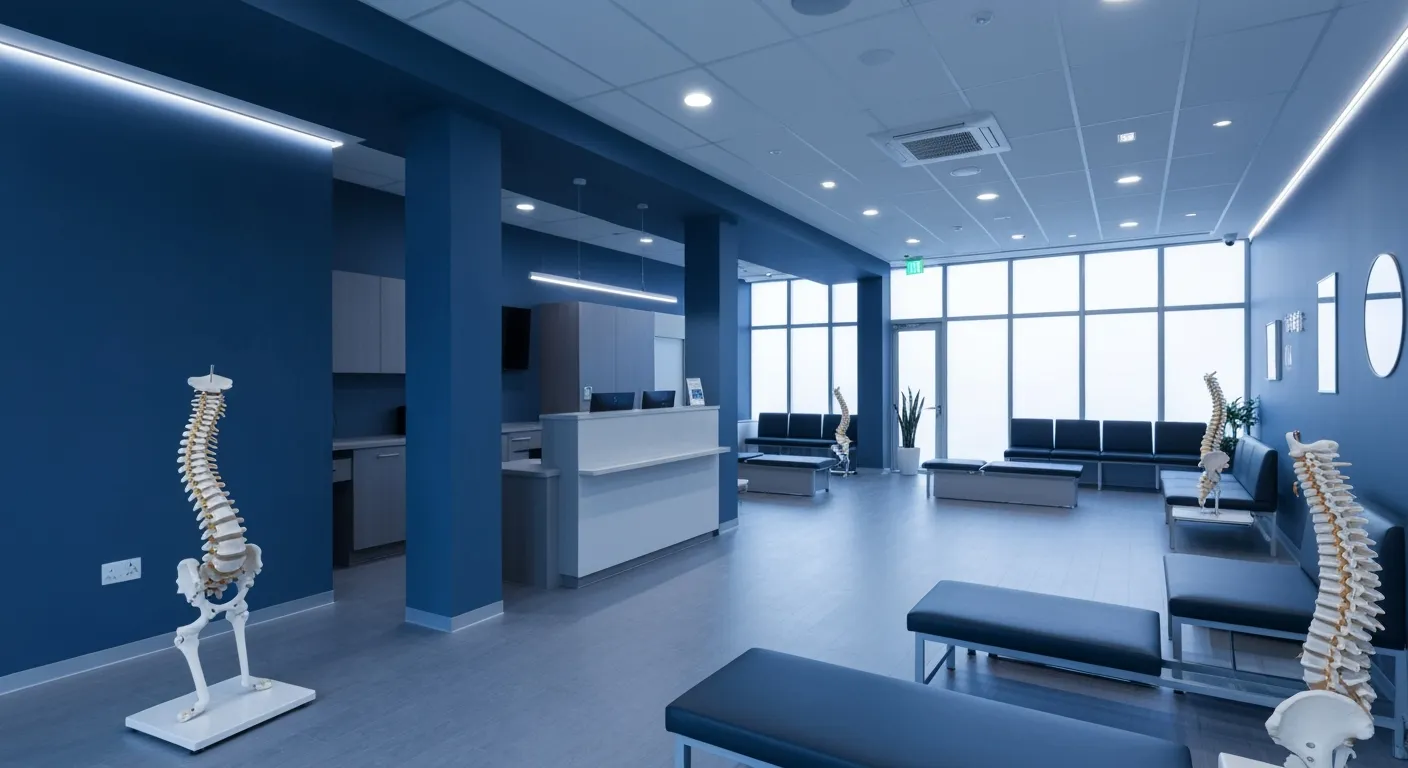
Maintaining Spinal Health Through Lifestyle Changes and Preventive Care

Understanding the Benefits of Chiropractic Adjustments for Back Pain Sufferers

Spinal Decompression Therapy: A New Hope for Sciatica Relief

Lifestyle Recommendations to Support a Healthy Spine and Reduce Pain

Choosing the Right Chiropractor: Key Factors to Consider Before Your First Appointment

Non-Invasive Treatment Alternatives: A Holistic Approach to Pain Relief

Corrective Exercises to Support Long-Term Relief from Chronic Pain

Exploring Non-Surgical Approaches to Spine Health and Wellness

Tips for Daily Habits That Keep Your Spine Strong

Success Stories: How Chiropractic Treatments Changed Lives

Why Focusing on the Root Cause of Pain Leads to Better Outcomes

Nutritional Counseling and Its Impact on Overall Wellness and Recovery

Patient Testimonials That Showcase the Power of Chiropractic Care

Preparing for Your First Chiropractic Appointment: What You Need to Know

